Chemistry and Chemists № 1 2025
Journal of Chemists-Enthusiasts
| Content | Chemistry experiments - video | Physics experiments - video | Home Page - Chemistry and Chemists |
|
Chemistry and Chemists № 1 2025 Journal of Chemists-Enthusiasts |
Acetone, Acetone Peroxide, and Chloroacetone - pt. 9, 10 Bad Chemist |
|
Having noticed a mistake in the text, allocate it and press Ctrl-Enter
Synthesis of Acetone Peroxide Using Sulfuric Acid and Acetone Diluted with Unknown Solvent - Part 9
After several unsuccessful attempts at this synthesis, it would have been logical to stop pursuing this method entirely. It became clear that the acetone surrogate was poorly suited for synthesizing acetone peroxide, and pure acetone was unavailable. However, a colleague who needed a polymerization initiator requested that I try again. In response, I suggested synthesizing a different peroxide, HMTD (hexamethylene triperoxide diamine), hoping it could serve as a substitute initiator for polymerization (and not solely as a sensitive explosive). However, the colleague had no experience with HMTD (although he had heard of it), so he was frankly scared.
Синтез перекиси ацетона с использованием серной кислоты и ацетона, разбавленного неизвестным растворителем - часть 9 Thus, I resumed the synthesis of acetone peroxide. Of course, repeating the previous procedure would likely yield the same negative results, so I made adjustments to the method described in Part 7 of this article. Given the low acetone content in the surrogate, I decided to use a larger volume of it than specified in the original procedure. Increasing the amount of hydrogen peroxide, however, did not seem necessary. One additional factor required consideration. Since water is essential to extract acetone from the hydrocarbons that compose most of this surrogate, I chose to add an equal volume of distilled water to the 30% hydrogen peroxide solution. I used 60 ml of surrogate acetone, 30 ml of 30% hydrogen peroxide, 30 ml of distilled water, and 10 ml of sulfuric acid (36-37%). During the synthesis, I decided to perform a second extraction of acetone from the surrogate, which required an additional 20 ml of distilled water. As you know, to separate acetone from hydrocarbons, it must be extracted with a hydrogen peroxide solution. After shaking the surrogate acetone, hydrogen peroxide, and water, I separated the aqueous layer using a separatory funnel. Previously, this would have marked the end of the extraction; however, this time, I carried out a second extraction to more fully get the acetone from the organic phase. I added another 20 ml of water to the remaining organic layer, shook it, and poured the aqueous layer into a beaker, combining it with the aqueous phase from the first extraction. I cooled the resulting hydrogen peroxide and acetone solution in a water bath, then added sulfuric acid and stirred. No visible changes occurred; the solution remained clear and colorless, with no solid phase forming. In the prior synthesis, acetone peroxide precipitated almost immediately after adding the acid, but not in this synthesis. This resulted from the dilution of the reaction mixture with water. After approximately 20 minutes, the solution seemed to cloud over slightly, suggesting a precipitate was forming. However, upon inspection, I realized the glass walls had simply fogged up. After wiping them, it was evident that no precipitation had occurred. Undeterred, I left the reaction mixture in an ice bath, confident that precipitation of acetone peroxide would occur eventually. I checked the mixture after two hours. The walls of the glass were fogged up again, but when I wiped them, it turned out that the solution was cloudy this time. I left it overnight. By the next day, a small amount of white precipitate had formed in the glass - visually estimated at 0.1-0.2 g, similar to the yield in the previous synthesis. I began filtering, but immediately encountered a problem: the paper filter tore, allowing the solution and precipitate to pass through into the filtrate flask. The filter paper wasn't damaged by mechanical force but rather by the chemical action of hydrogen peroxide. This issue has occurred four times in my attempts to synthesize organic peroxides. Ashless filters, which are more chemically resistant and commonly used in analytical chemistry, would withstand these conditions, but I didn't have any of the necessary diameter. I had to cut filters from larger sheets of standard filter paper, which lacks that same chemical stability. I cut a new filter from another sheet and repeated the filtration, appealing to the Gods of chemistry so that this filter would hold. Alas, it tore also, and the solution with the precipitate flowed into the flask below. Undeterred, I cut a third filter from the third sheet of the paper. This time, the filter held up. For reasons unknown to me, this particular paper was more chemically stable. I successfully filtered and rinsed the acetone peroxide on the filter. To preserve the already meager yield, I also transferred the remaining precipitate from the two damaged filters onto the third filter. Finally, I rinsed the precipitate with a small amount of ethyl alcohol to accelerate drying. I left the compound to dry on the filter paper at room temperature. To further speed up the drying, I placed additional sheets of filter paper beneath to absorb liquid. As soon as the crystals began to separate from the damp paper, I transferred them to a bottle and weighed them. The yield of acetone peroxide was 0.13 g, slightly less than last time. I called my colleague to "share the joy" of how my latest synthesis had concluded… |
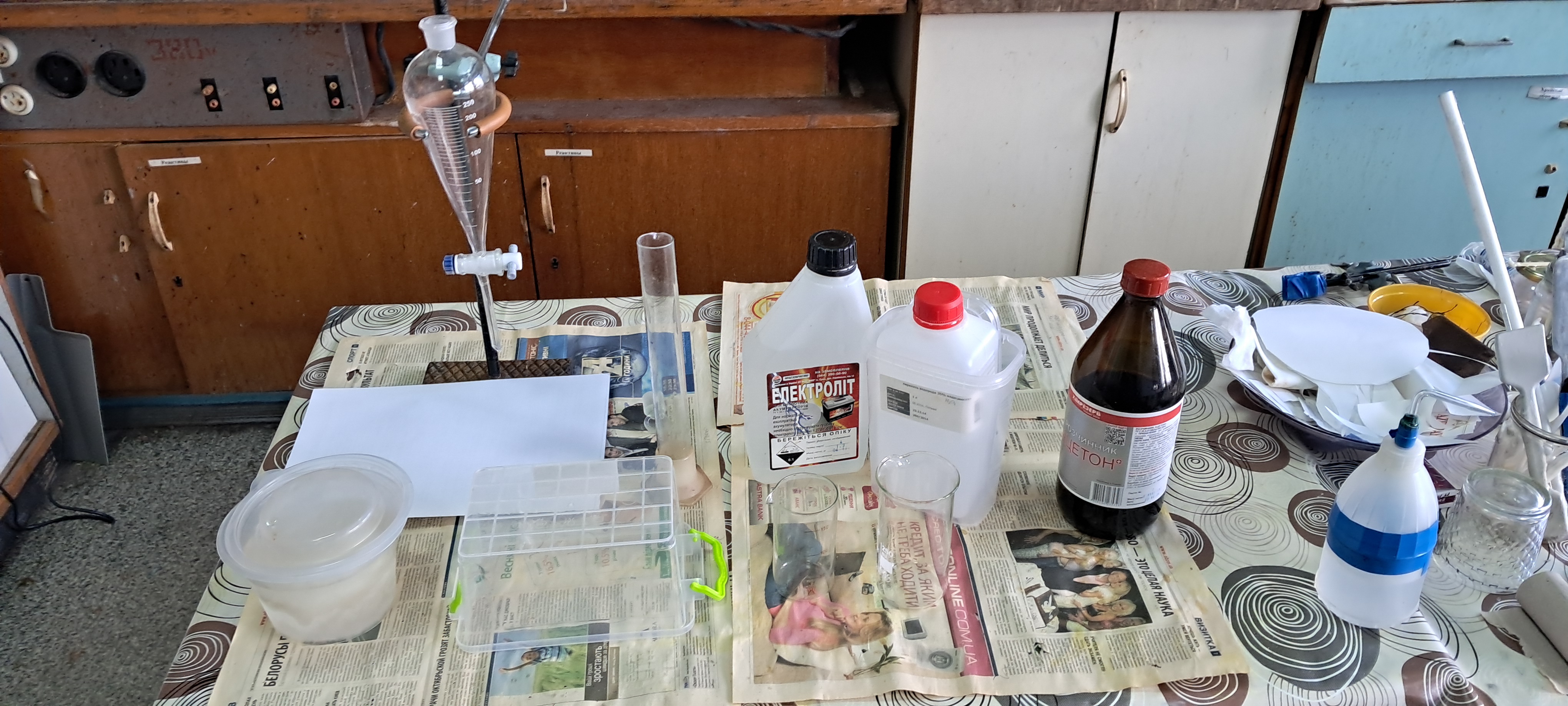
Synthesis of Acetone Peroxide Using Sulfuric Acid and Acetone Diluted with Unknown Solvent |

|
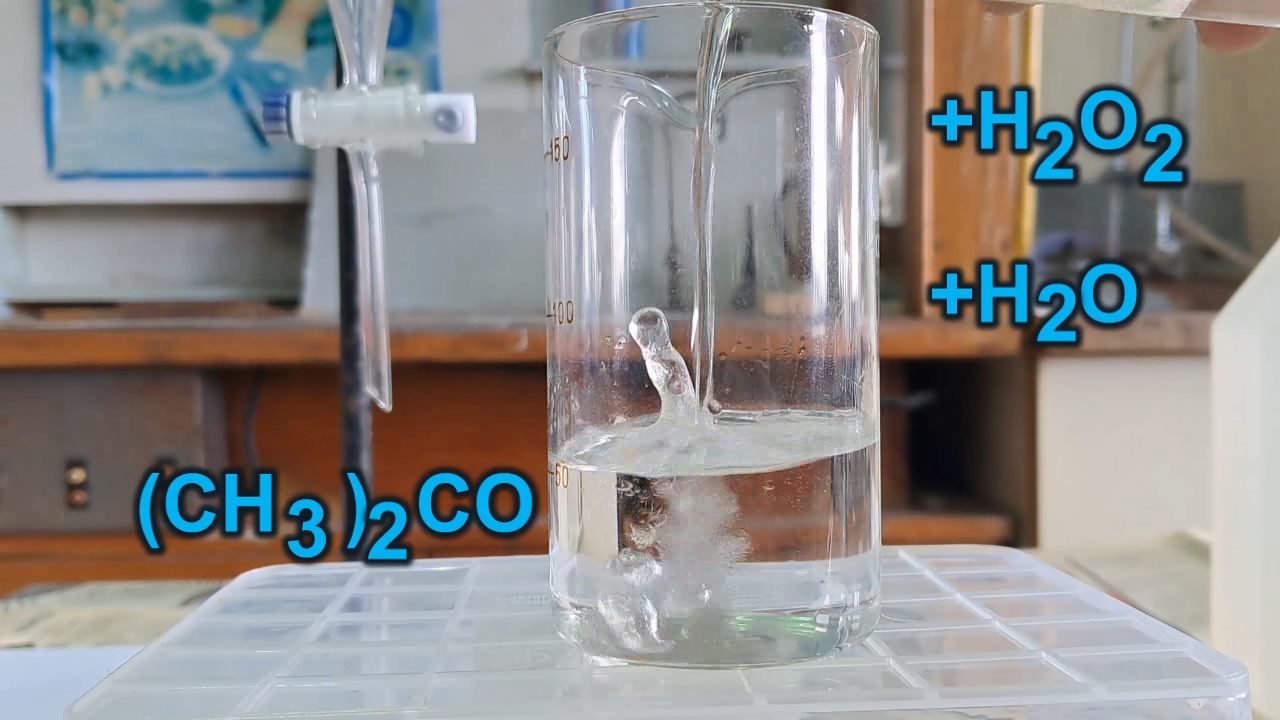
|
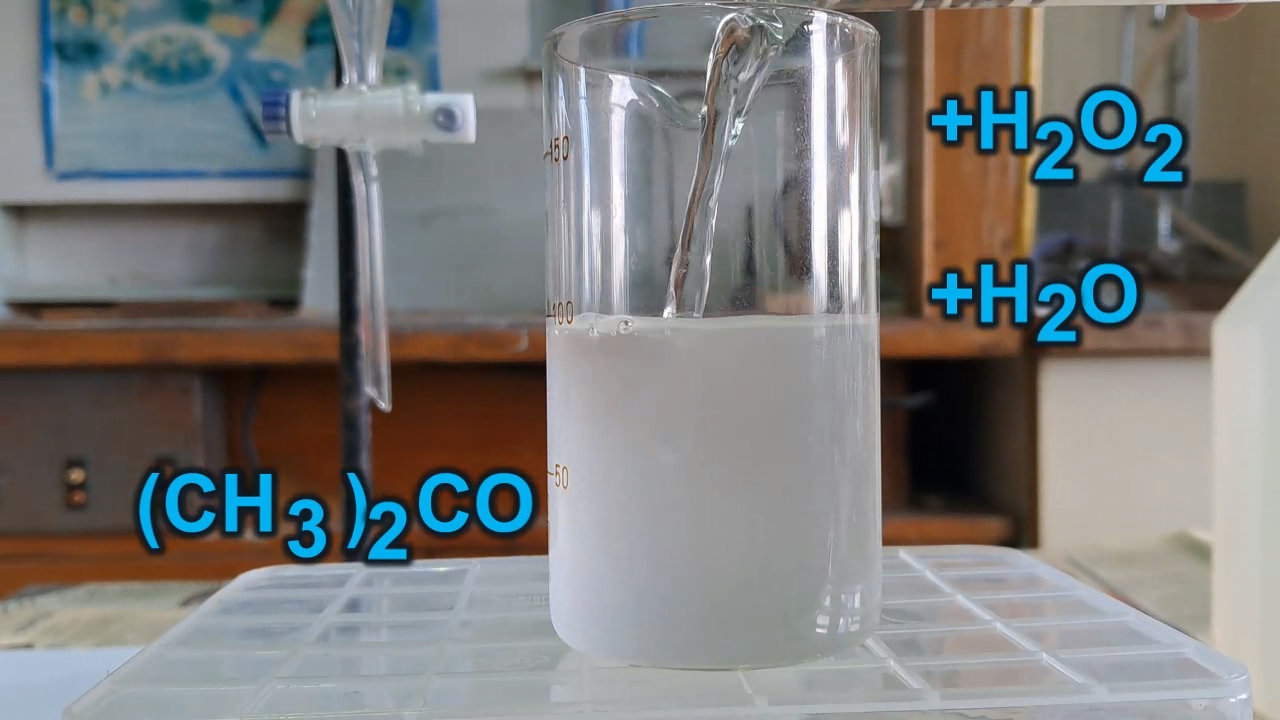
|
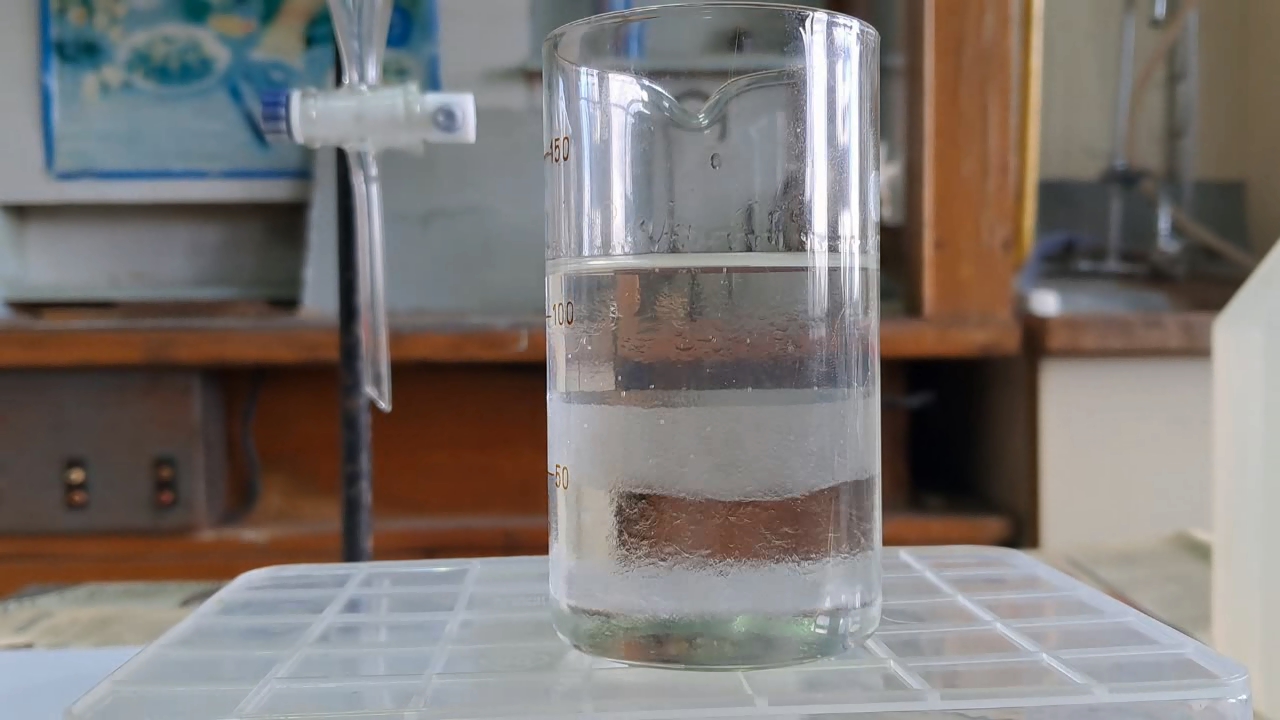
|
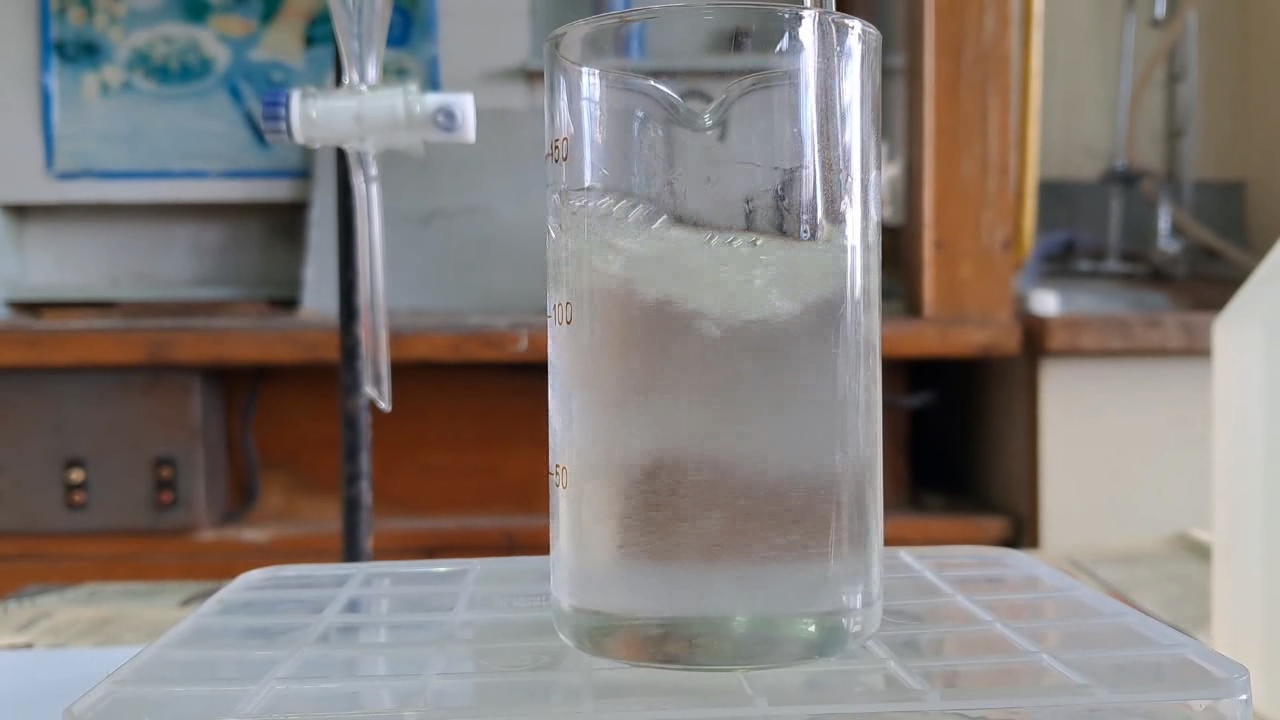
|
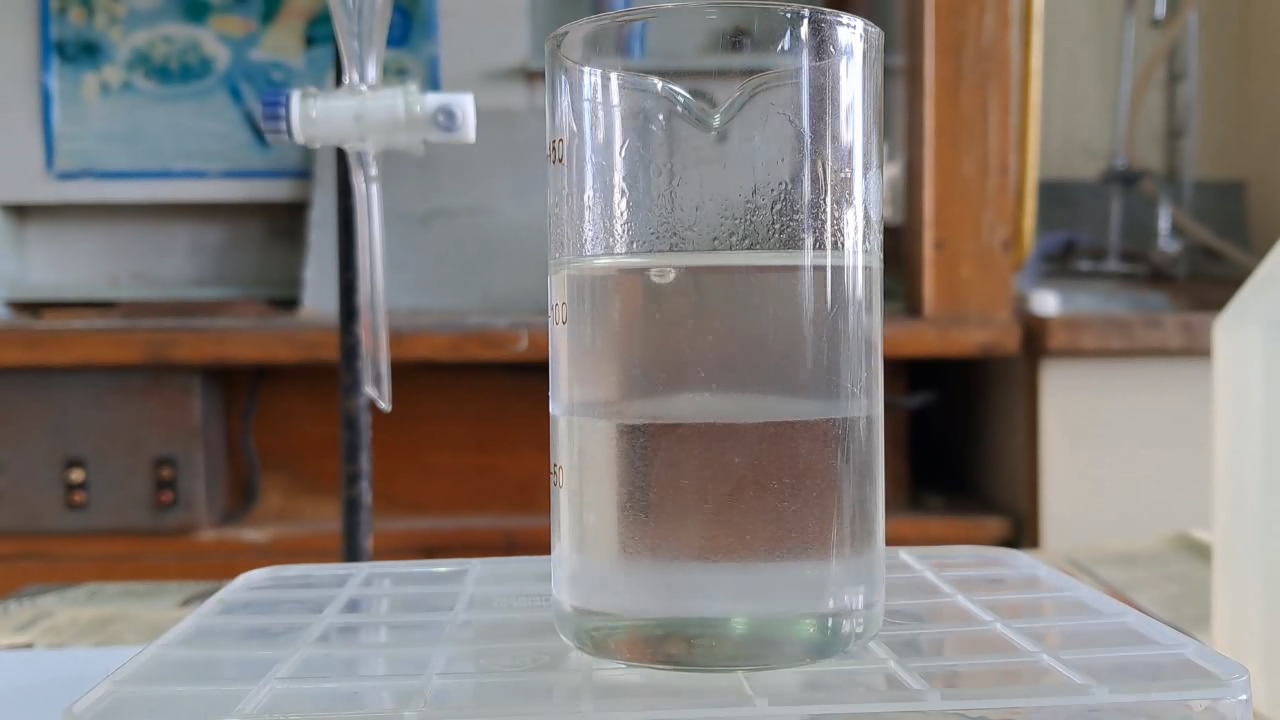
|
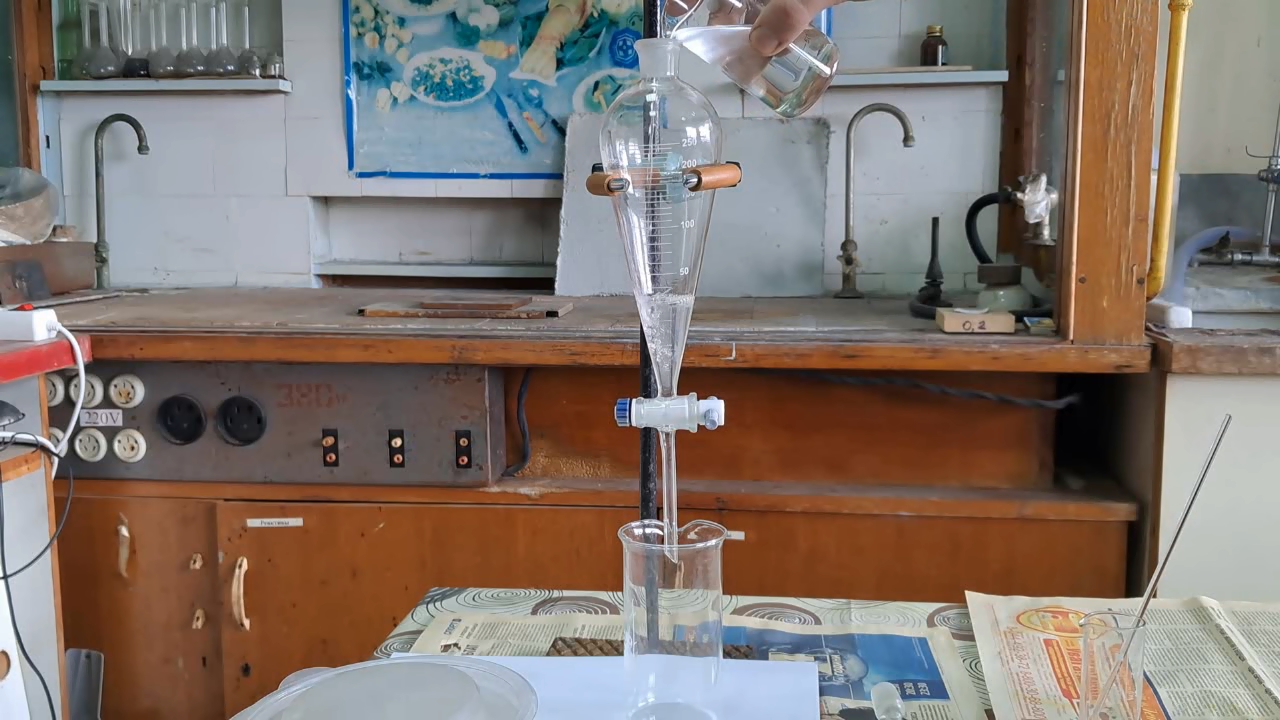
|
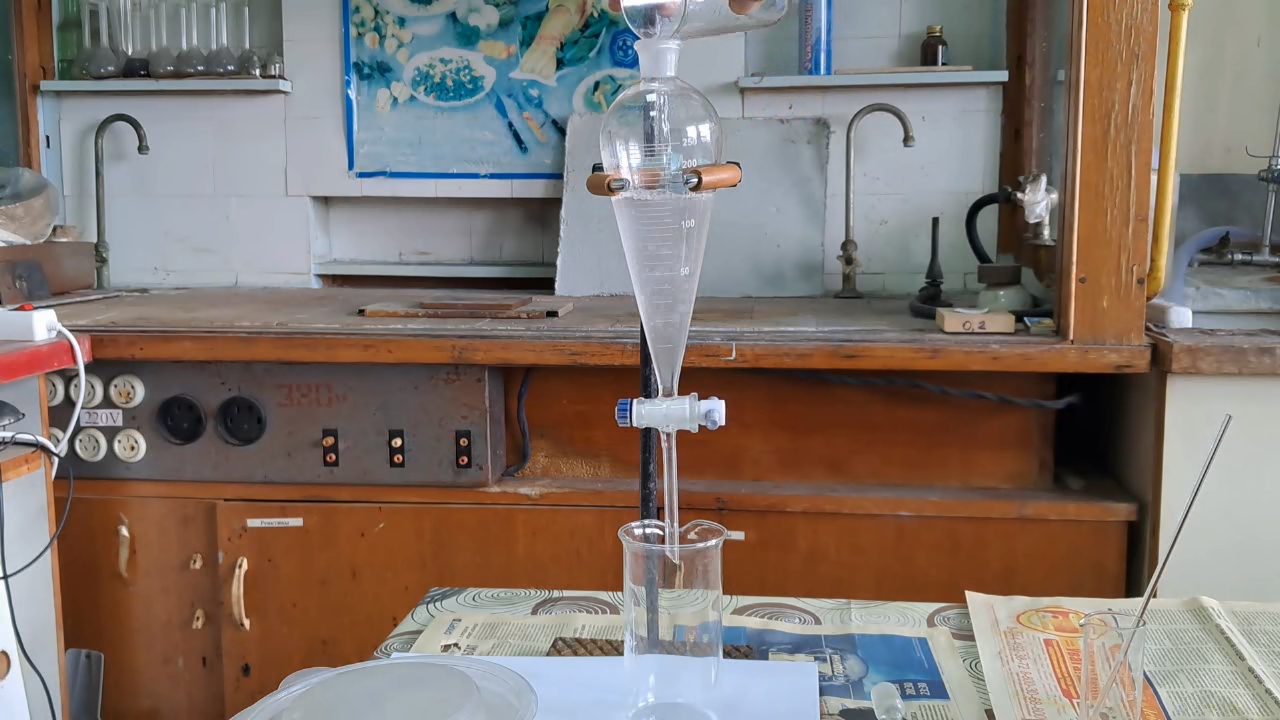
|
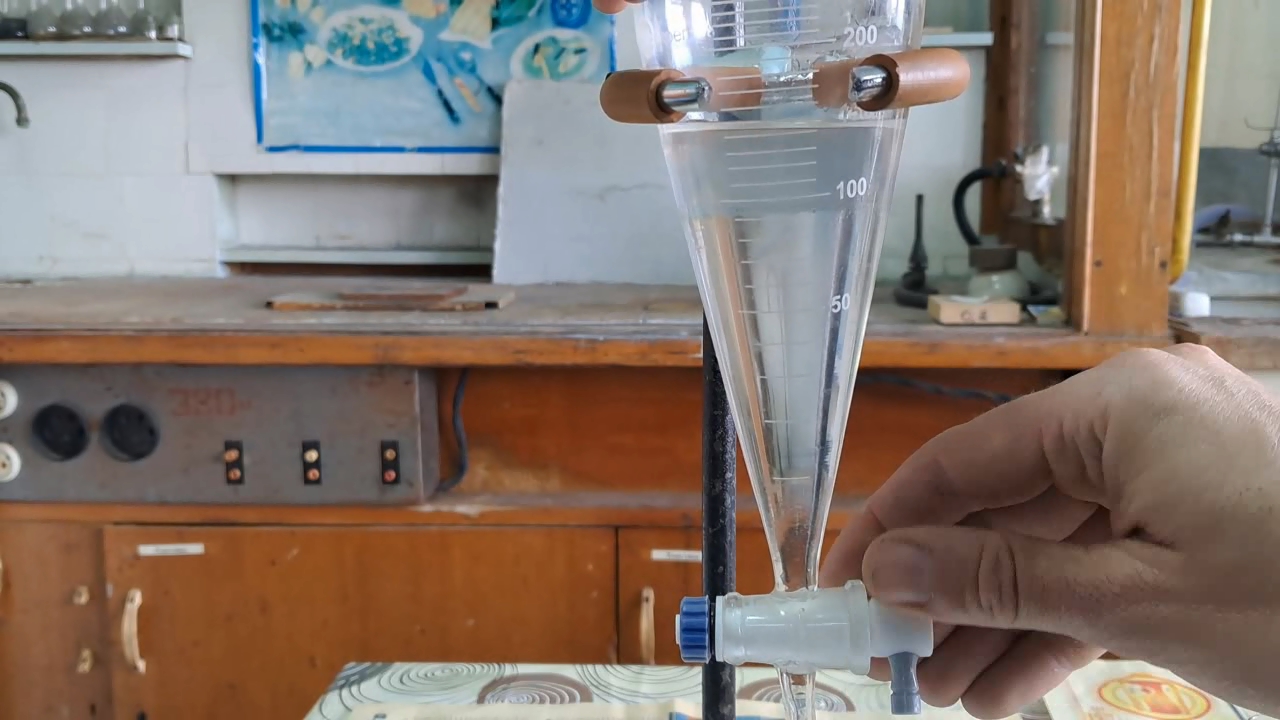
|
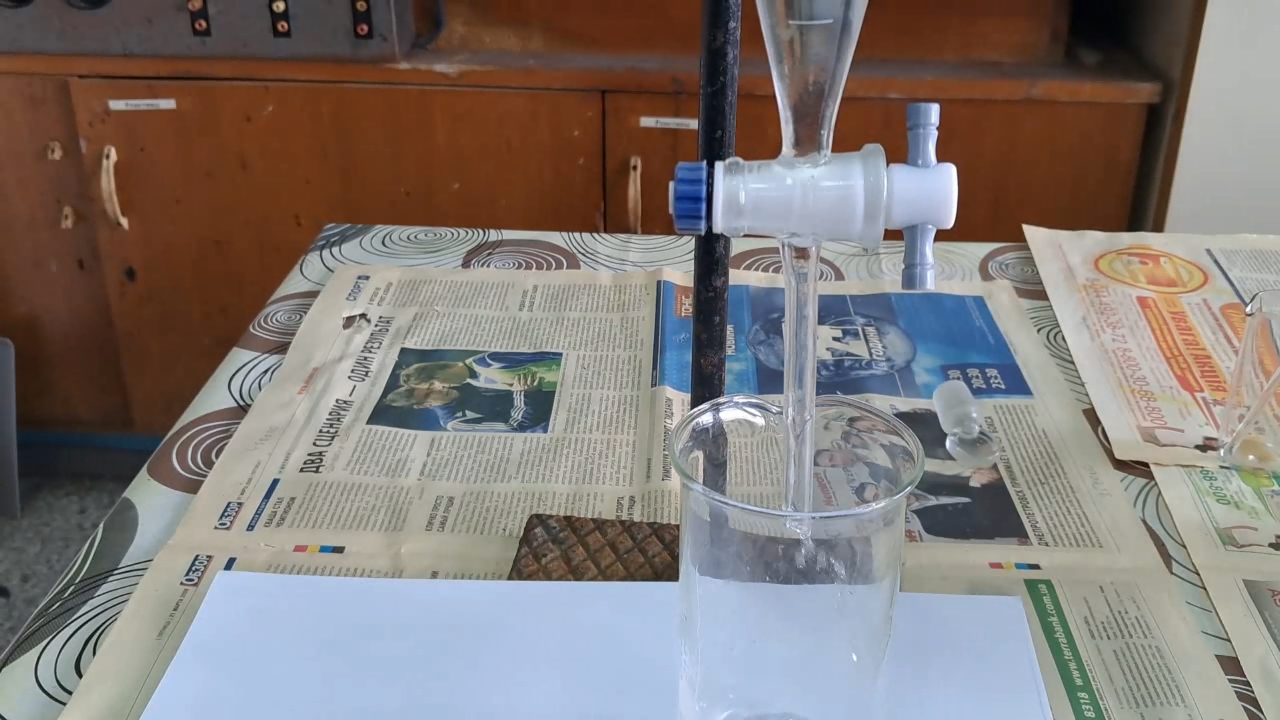
|
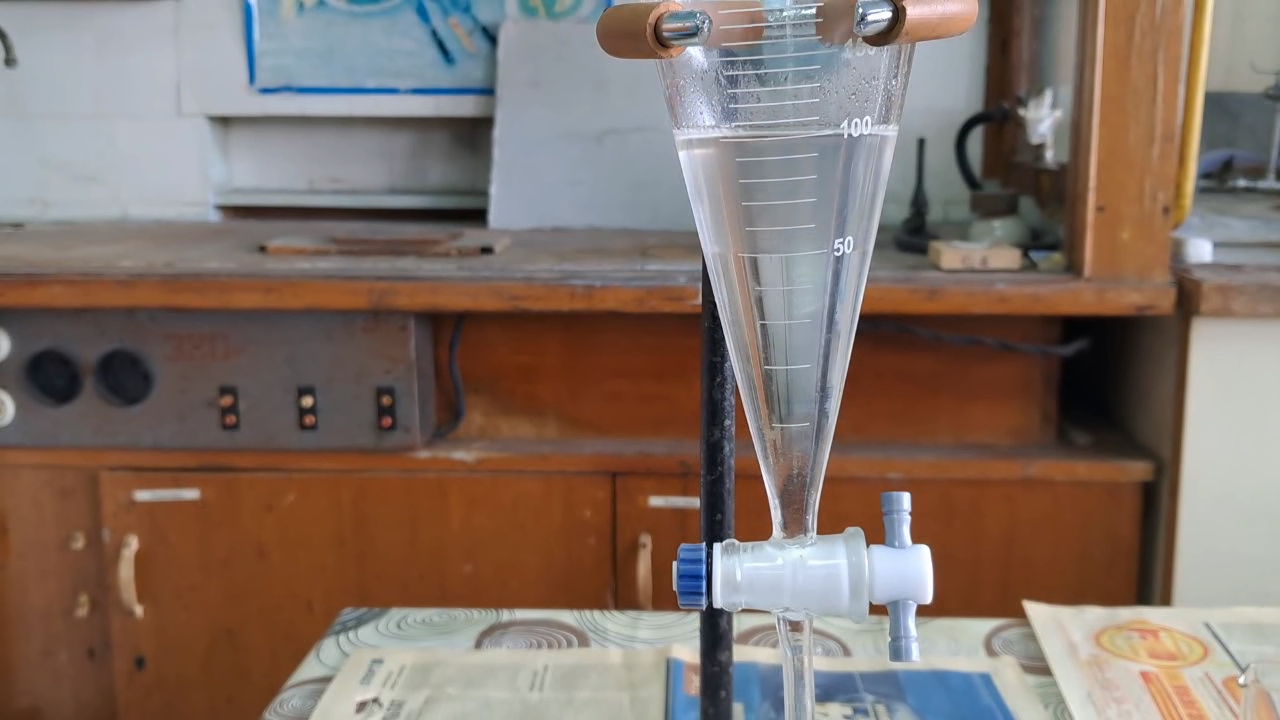
|
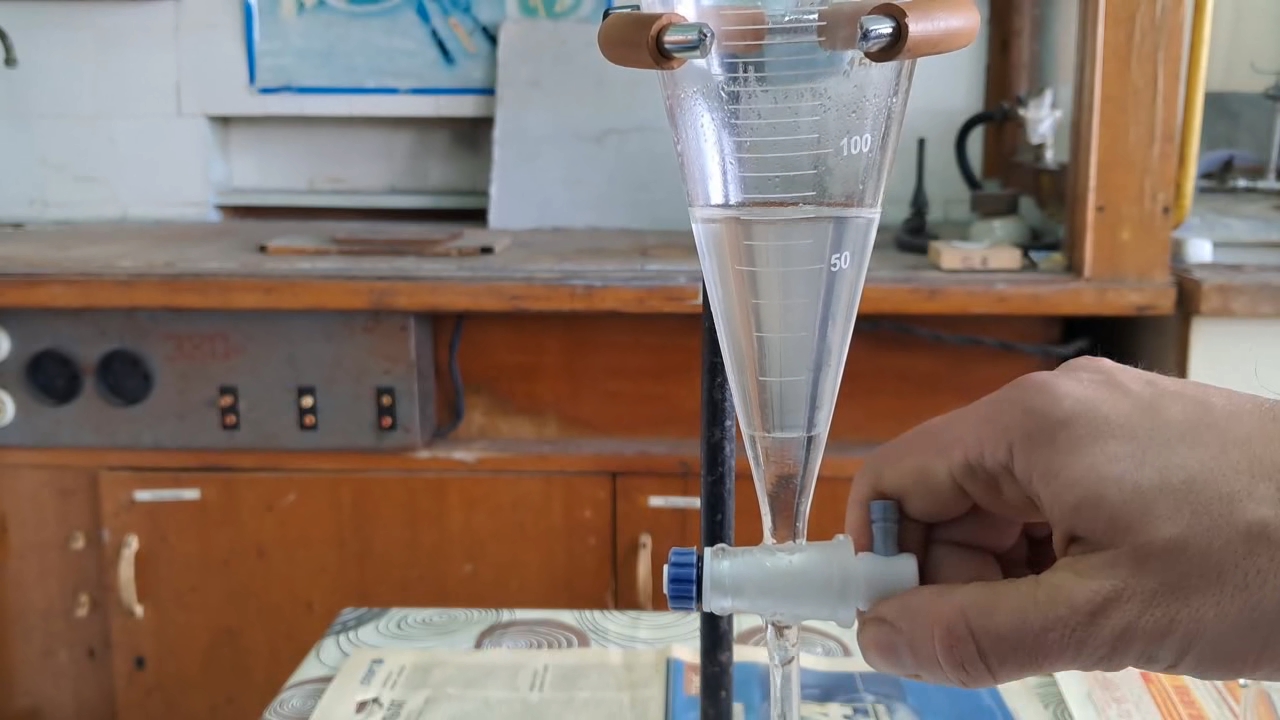
|
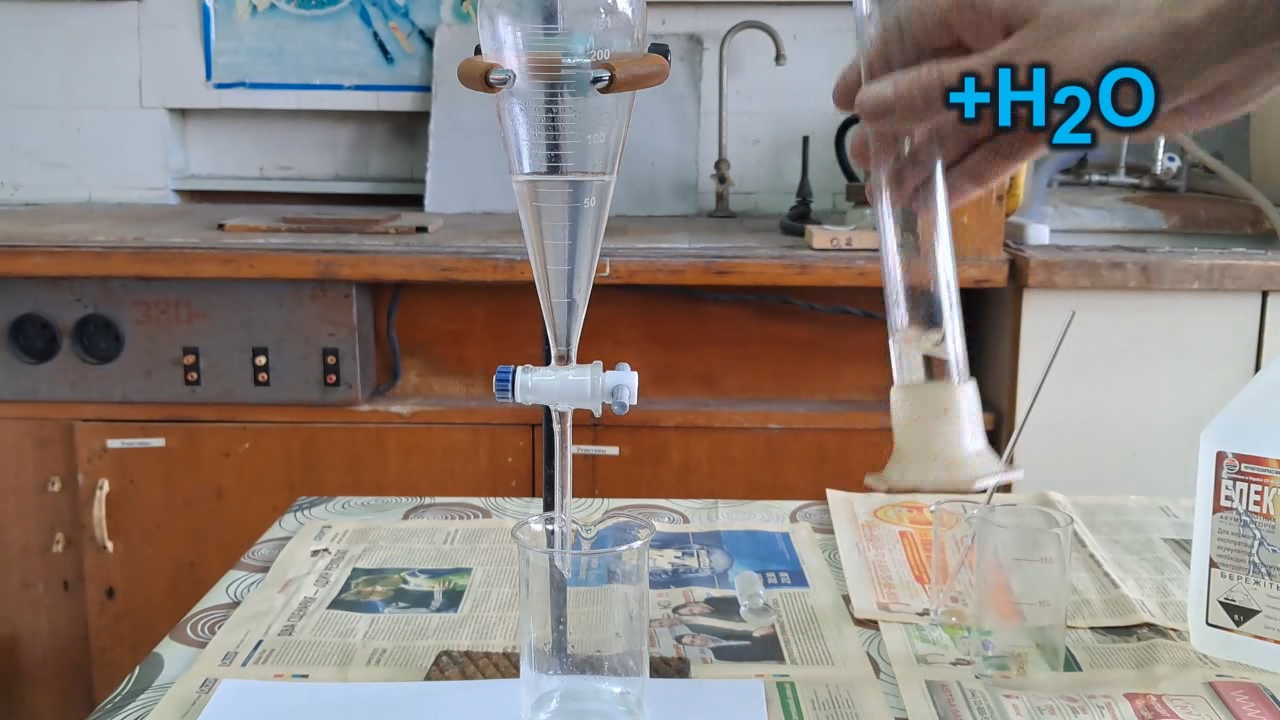
|
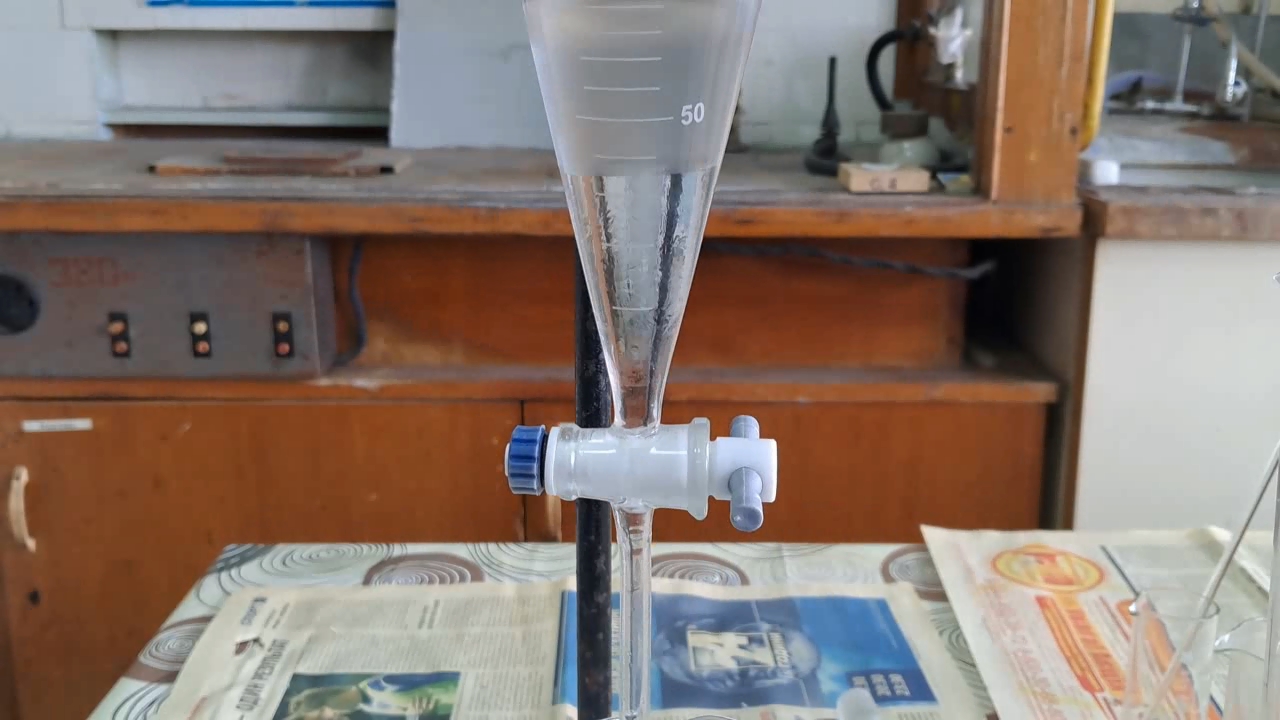
|
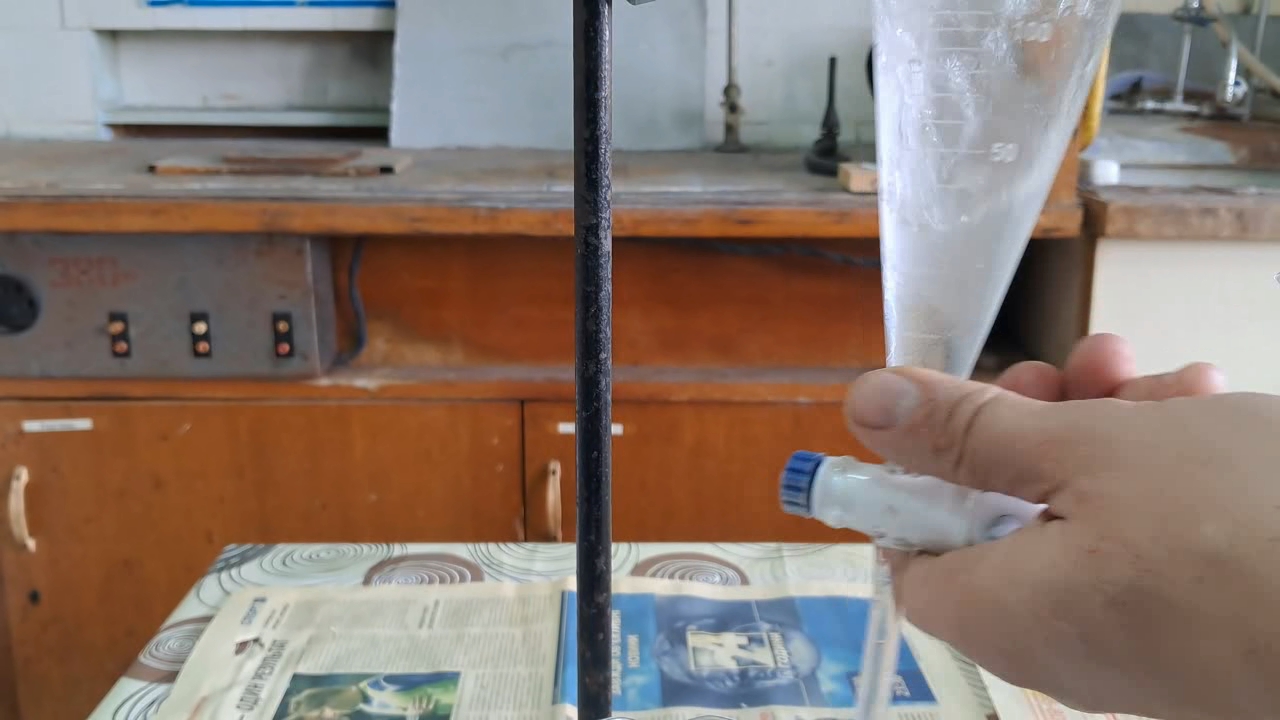
|
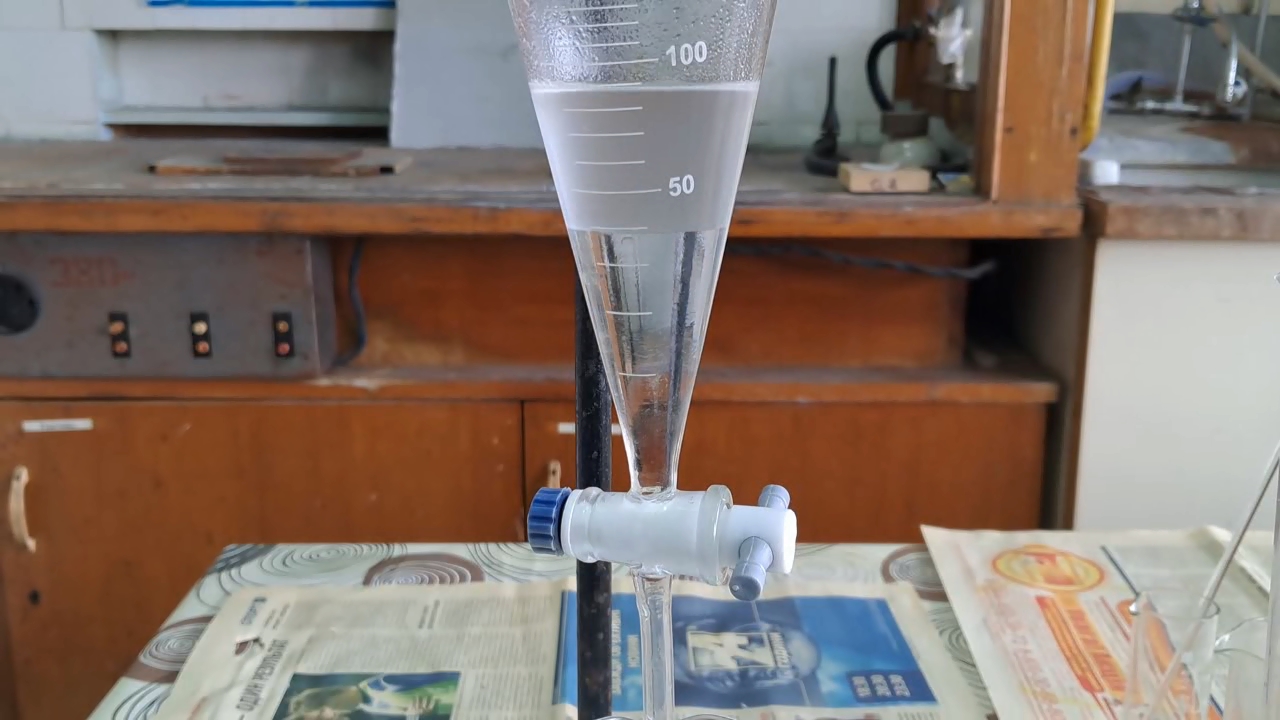
|
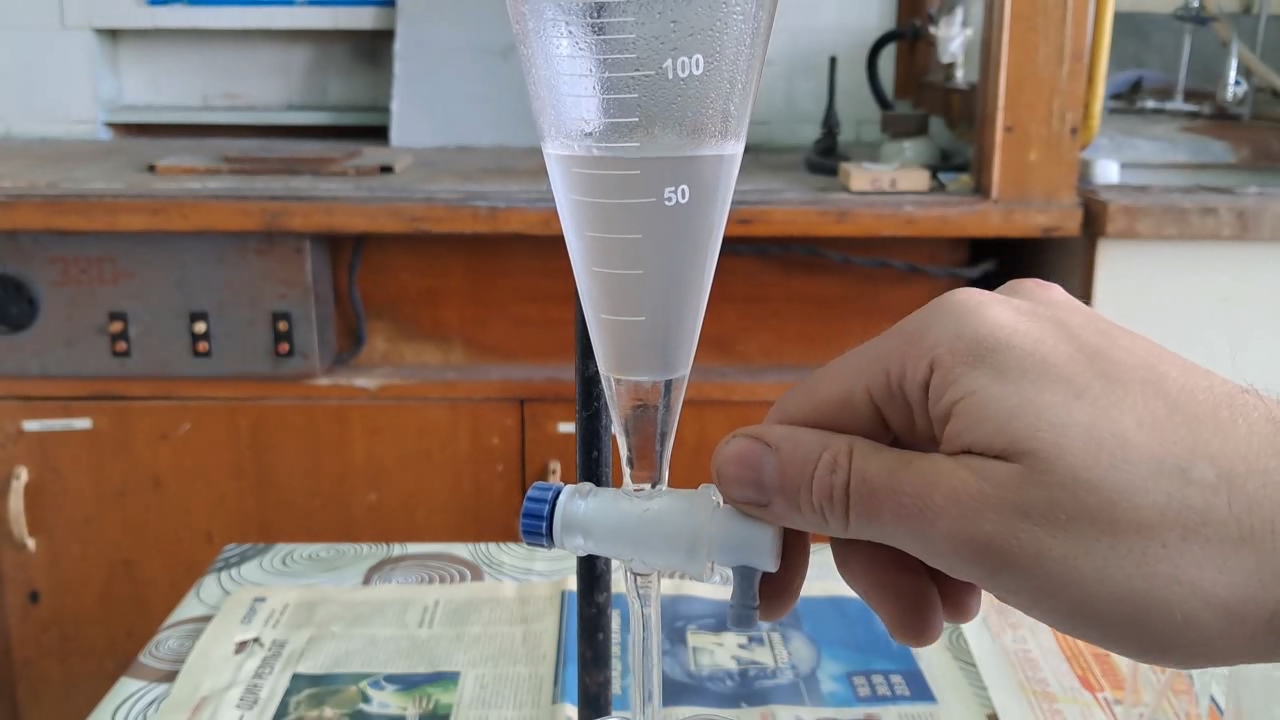
|
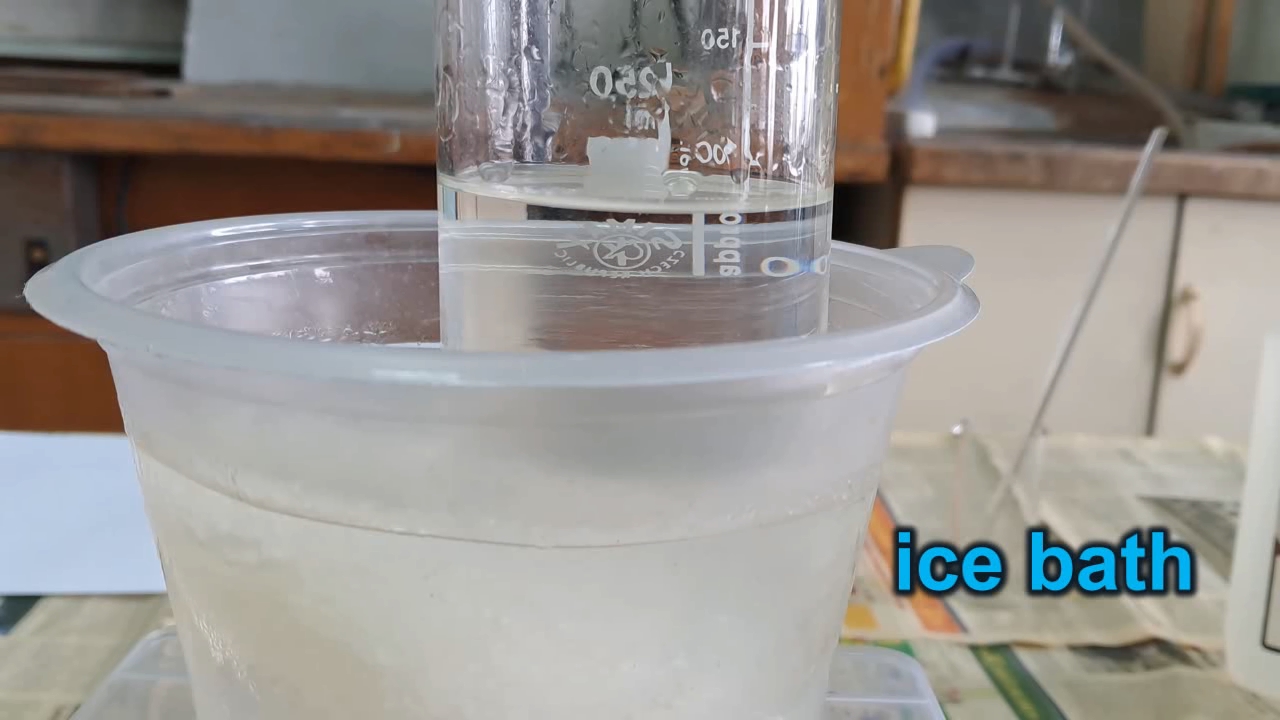
|
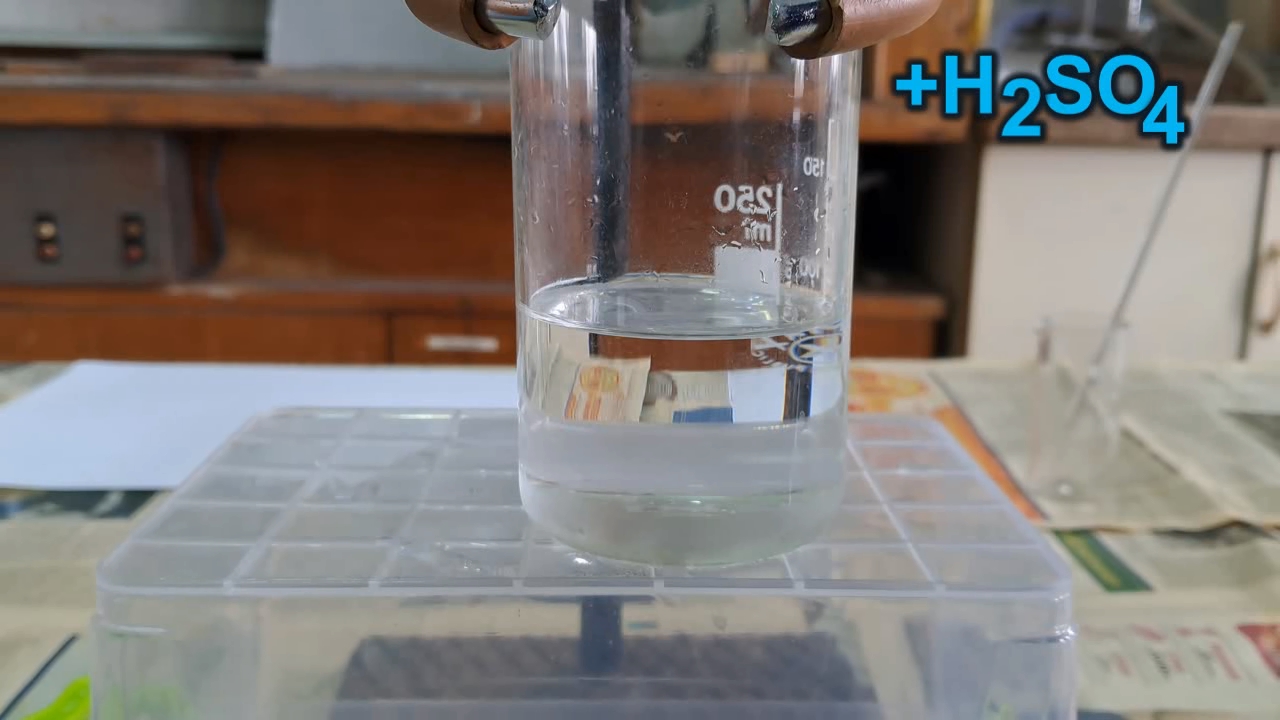
|
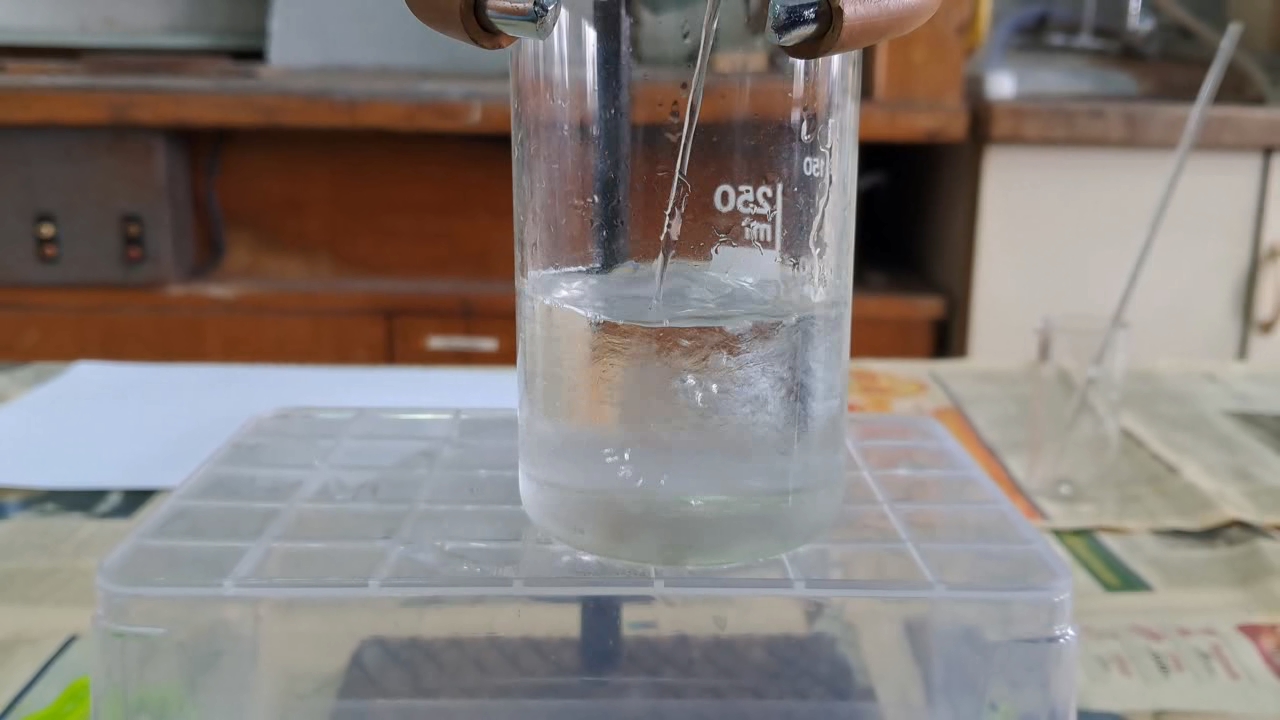
|
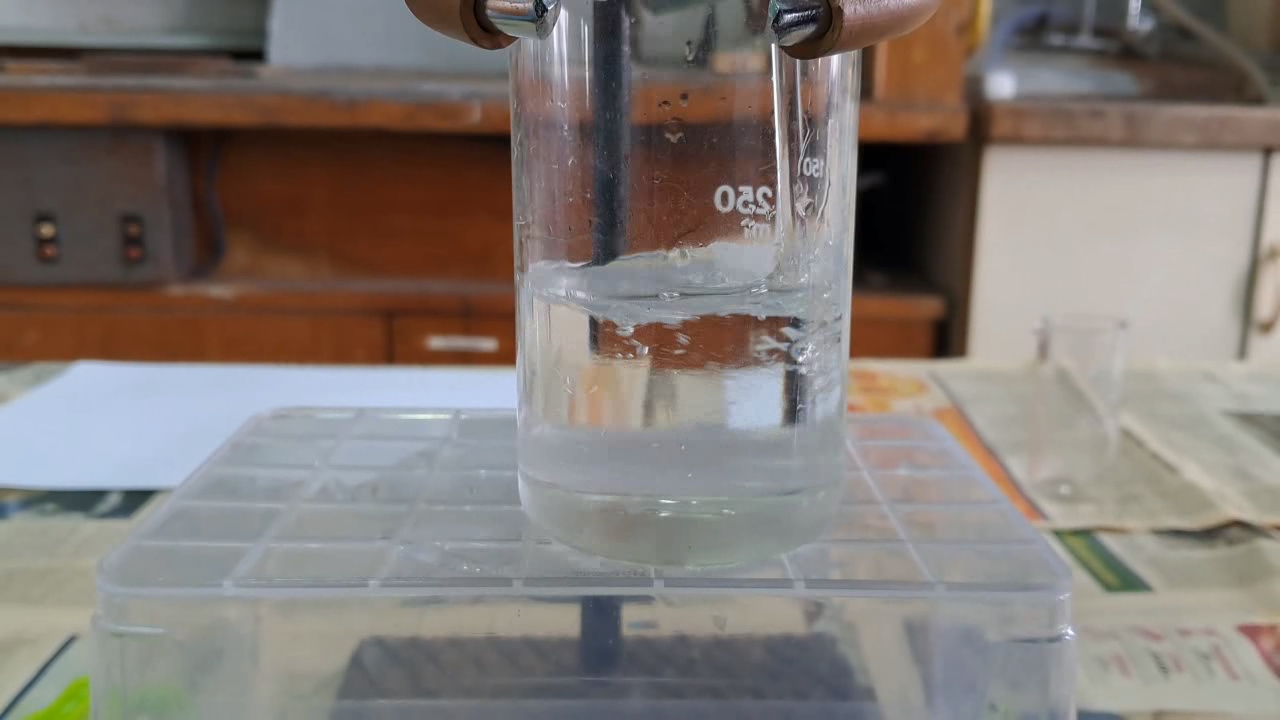
|
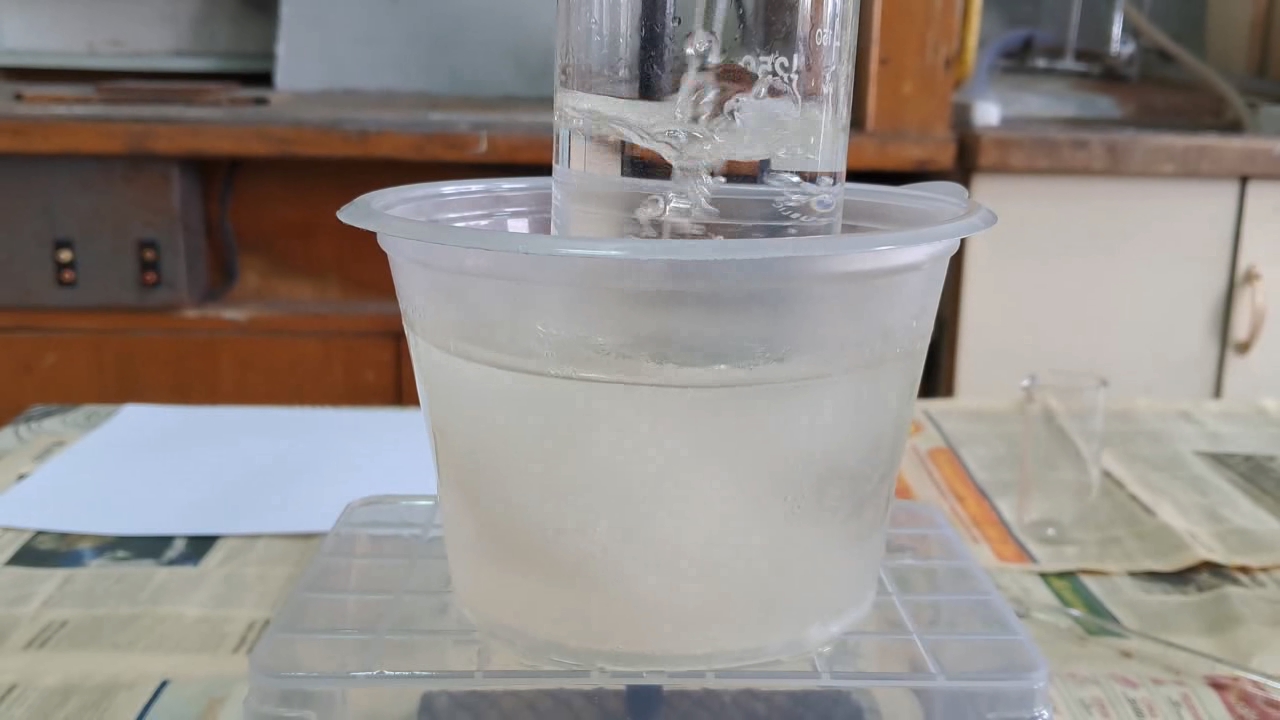
|
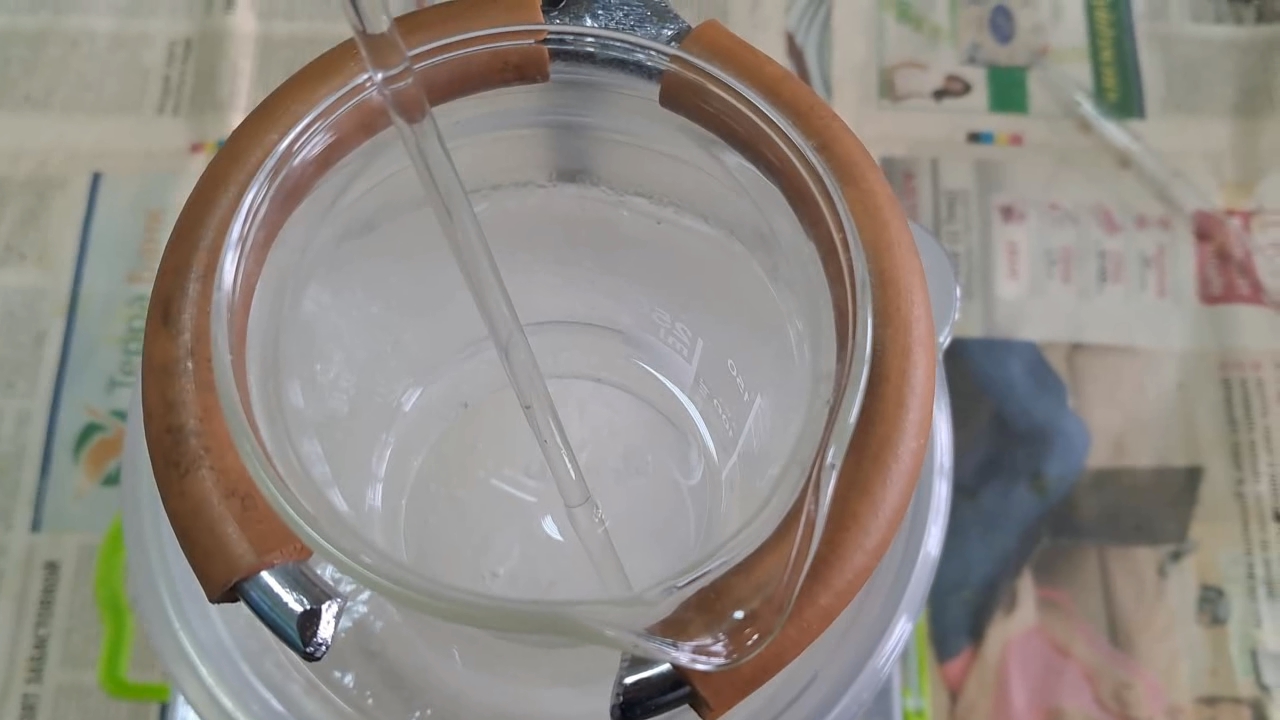
|
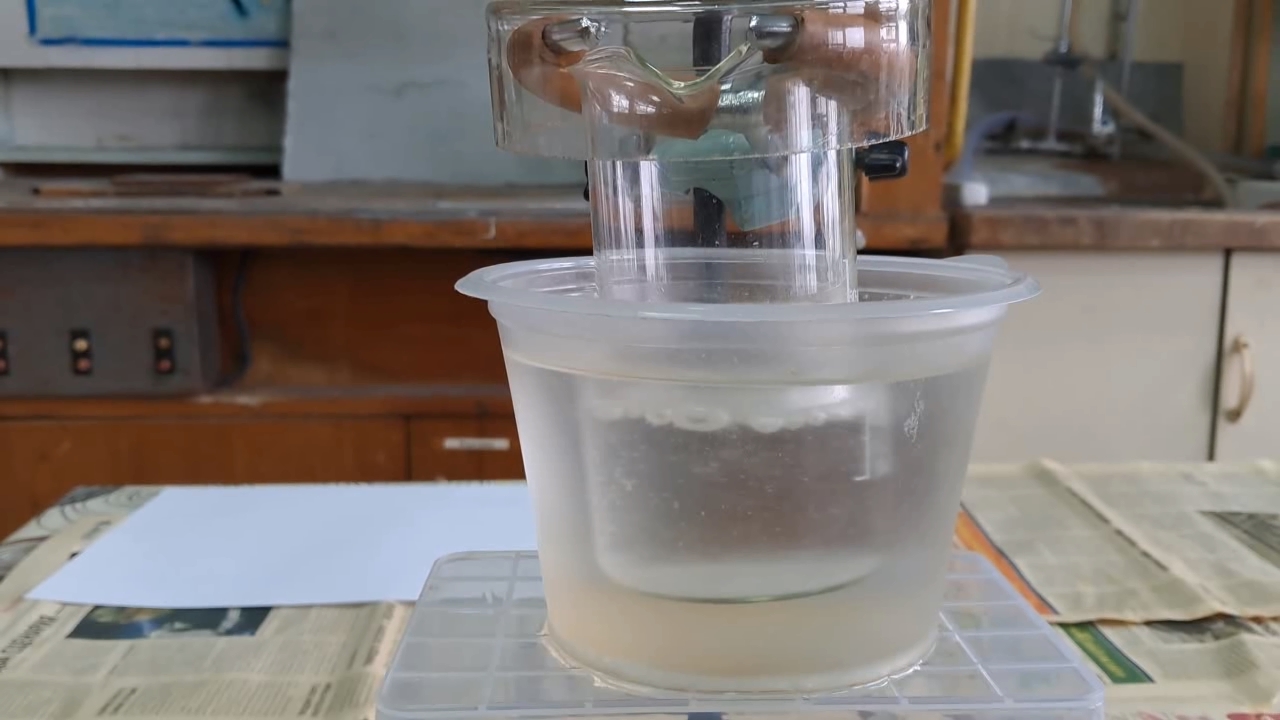
|
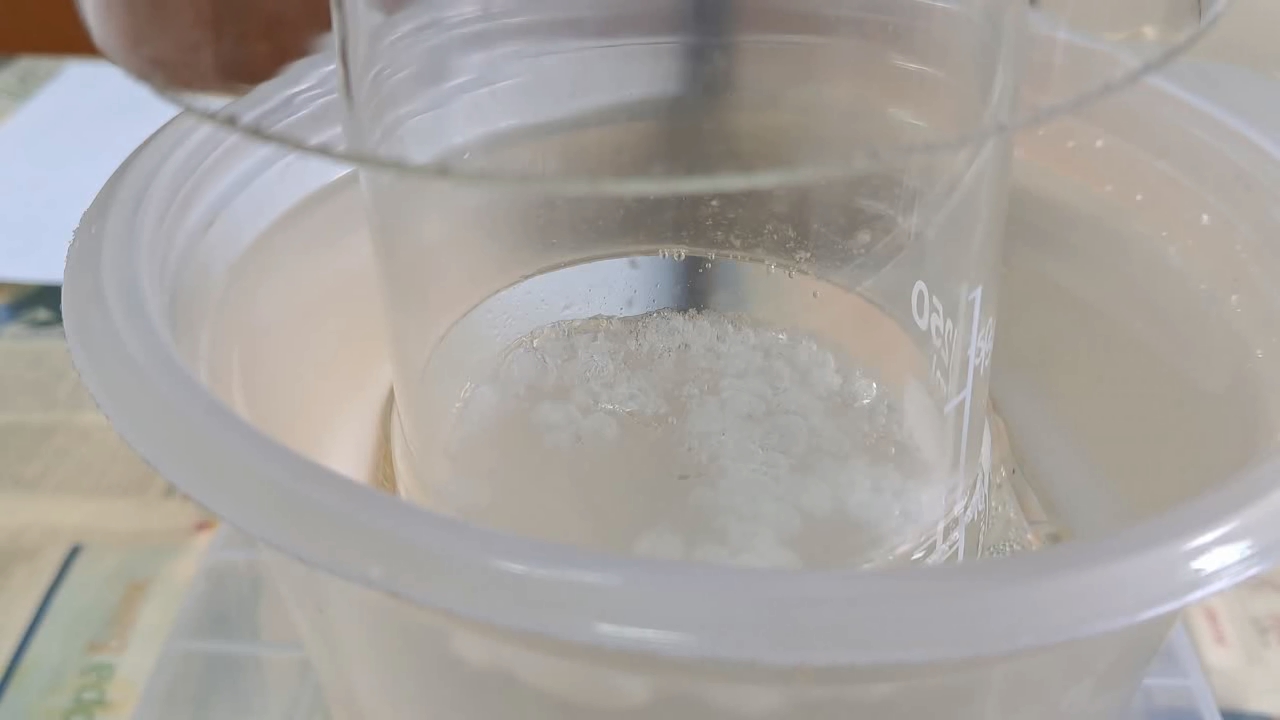
|
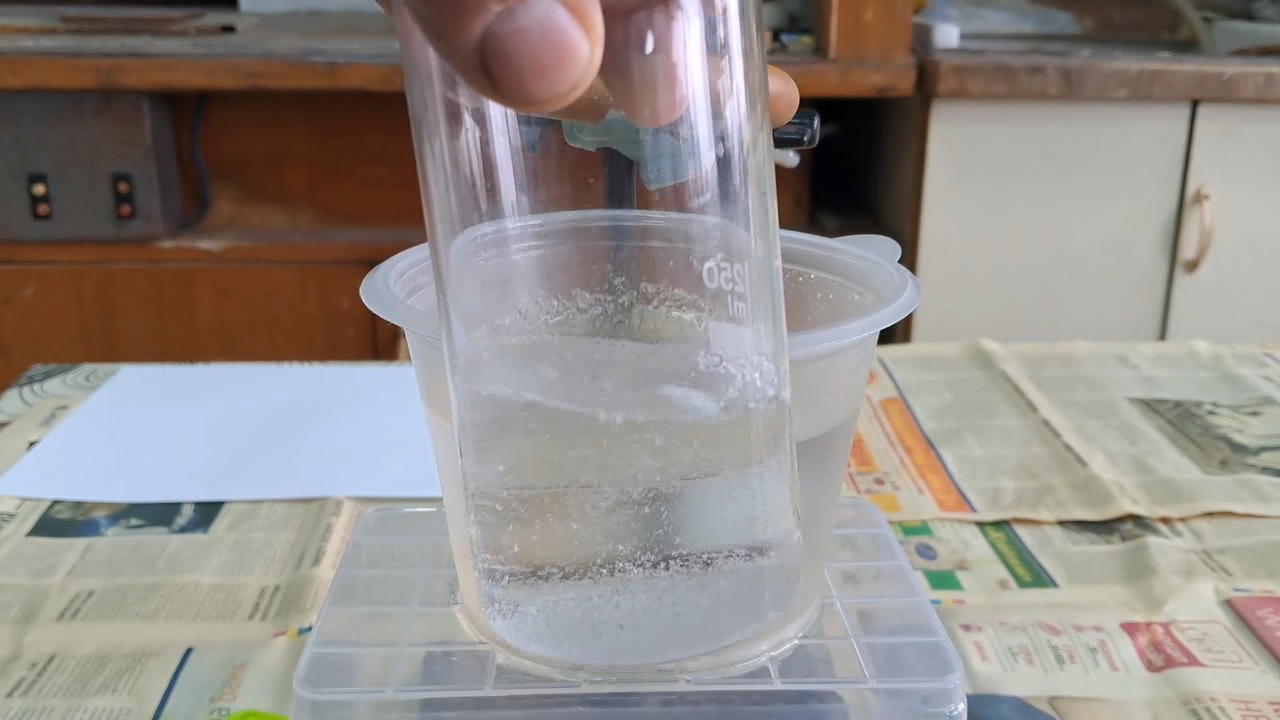
|
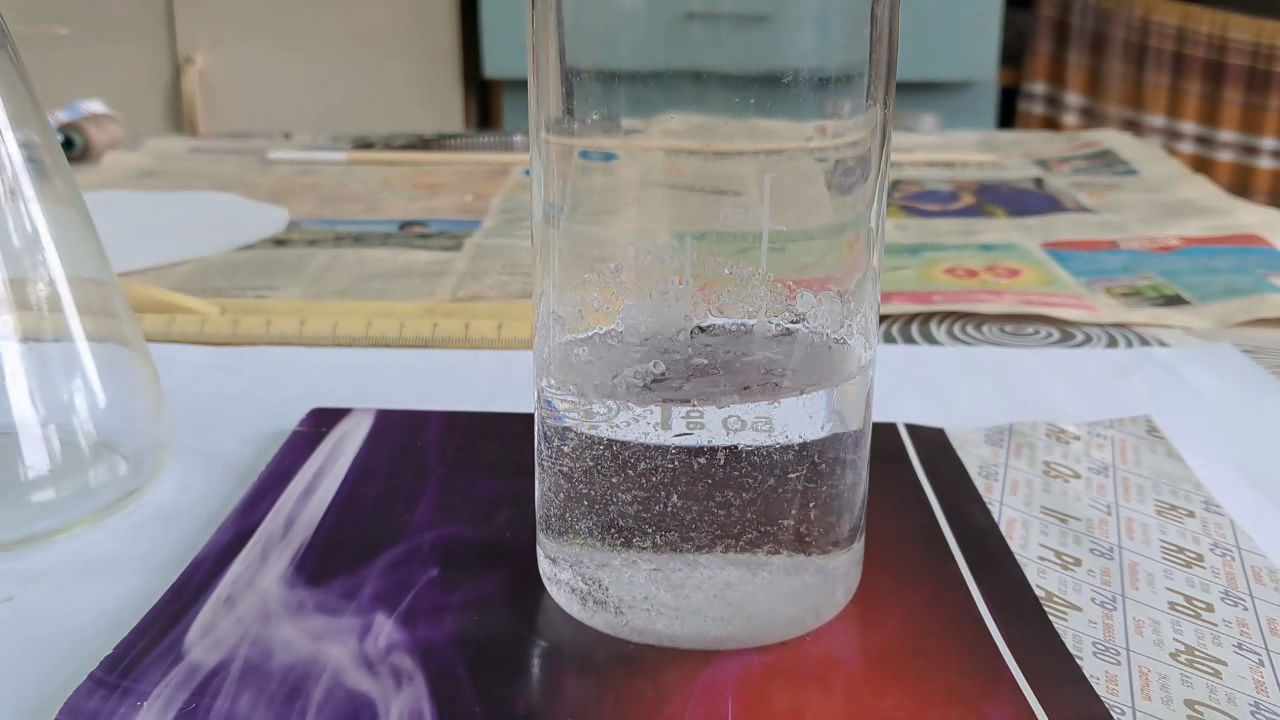
|
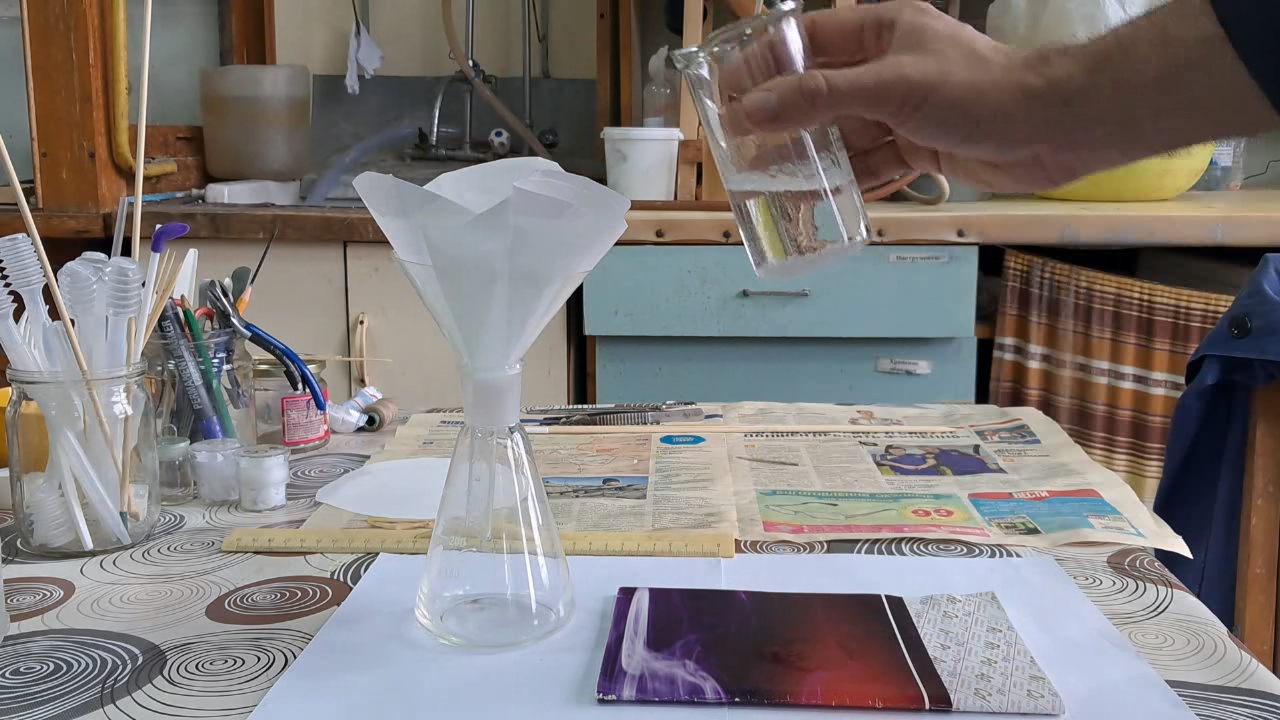
|
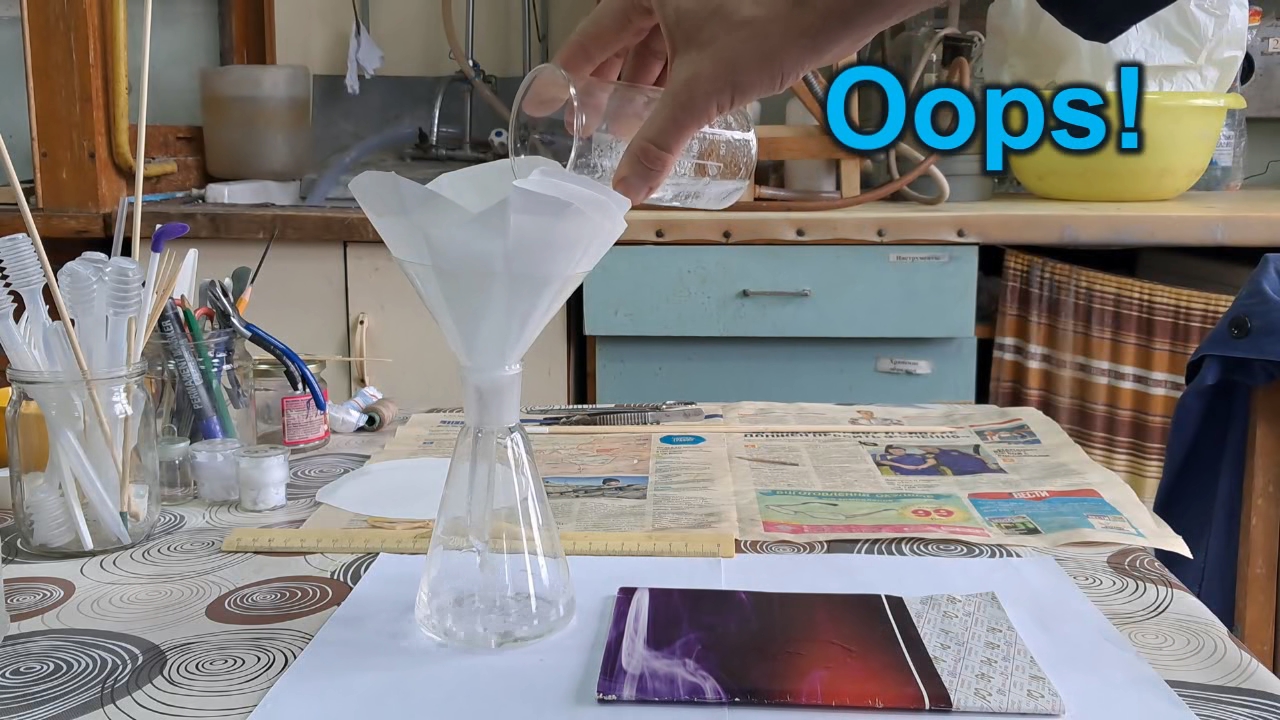
|
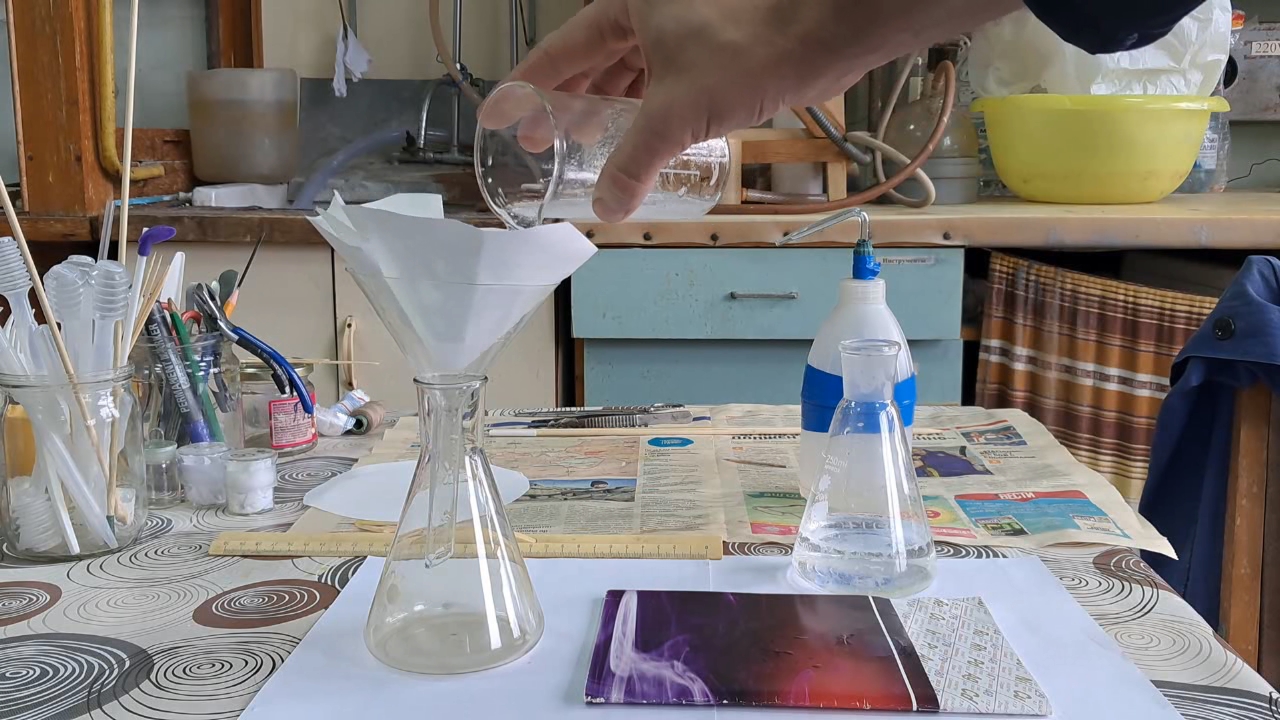
|
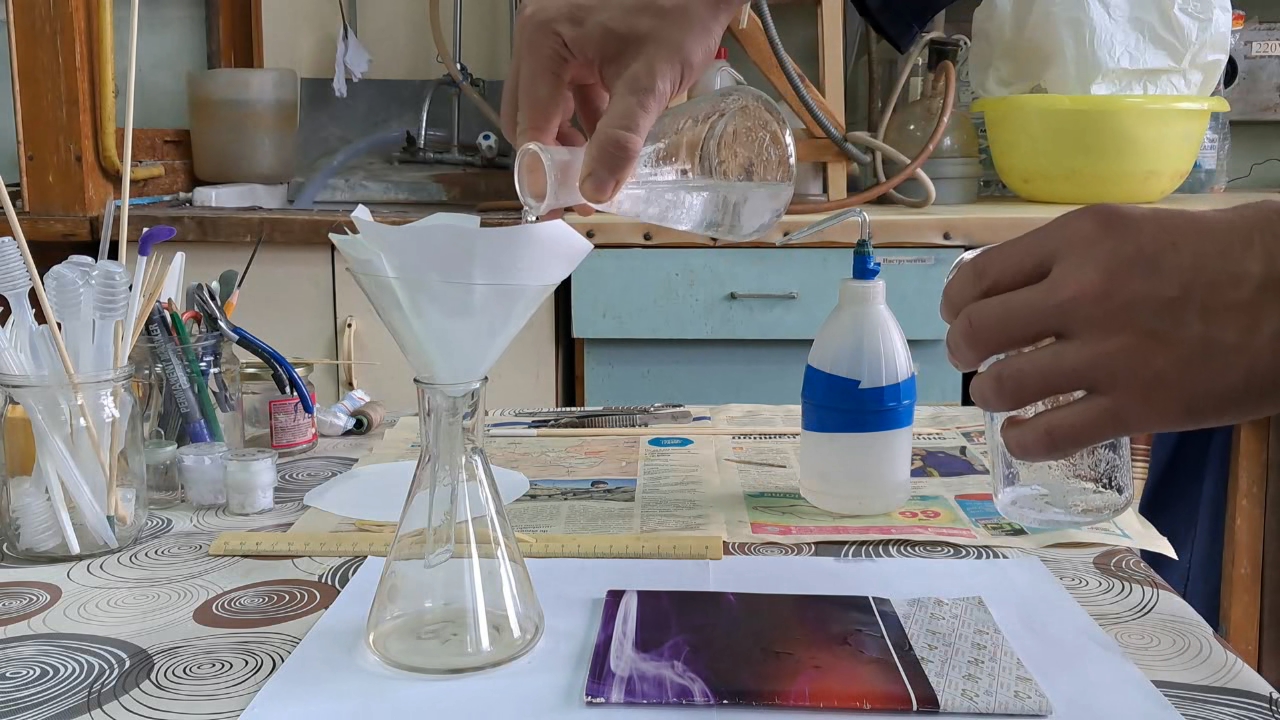
|
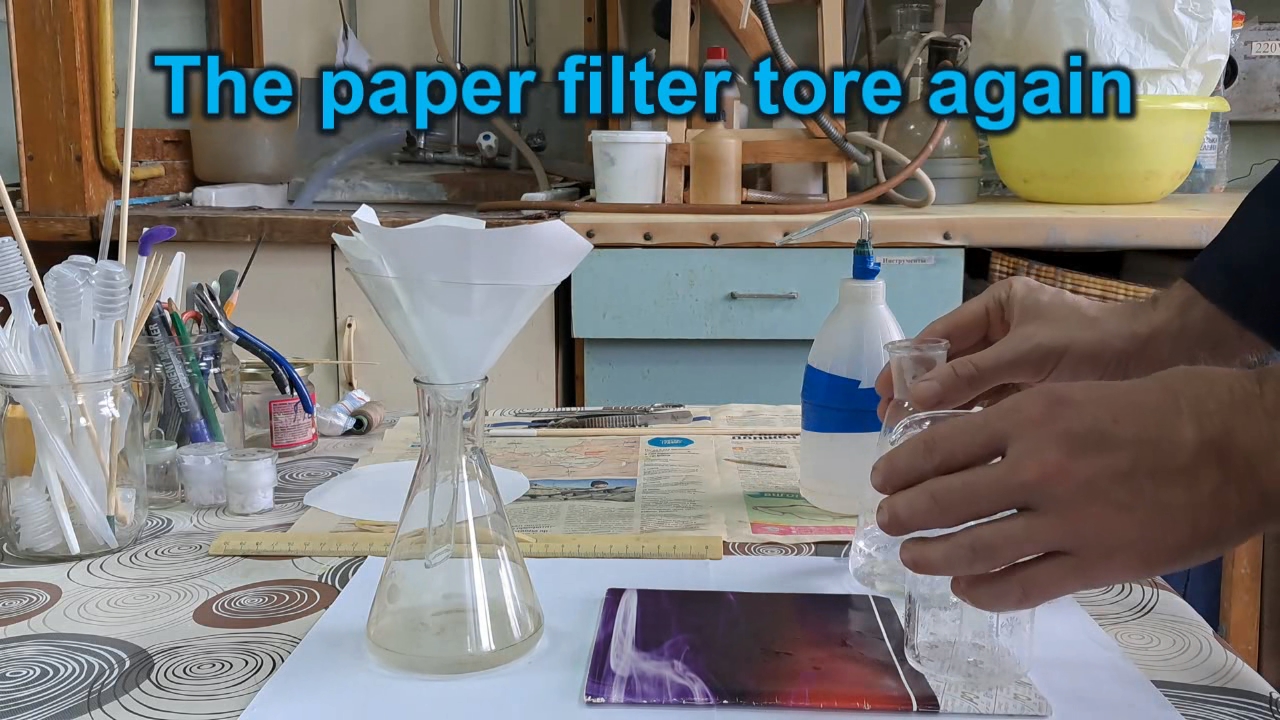
|
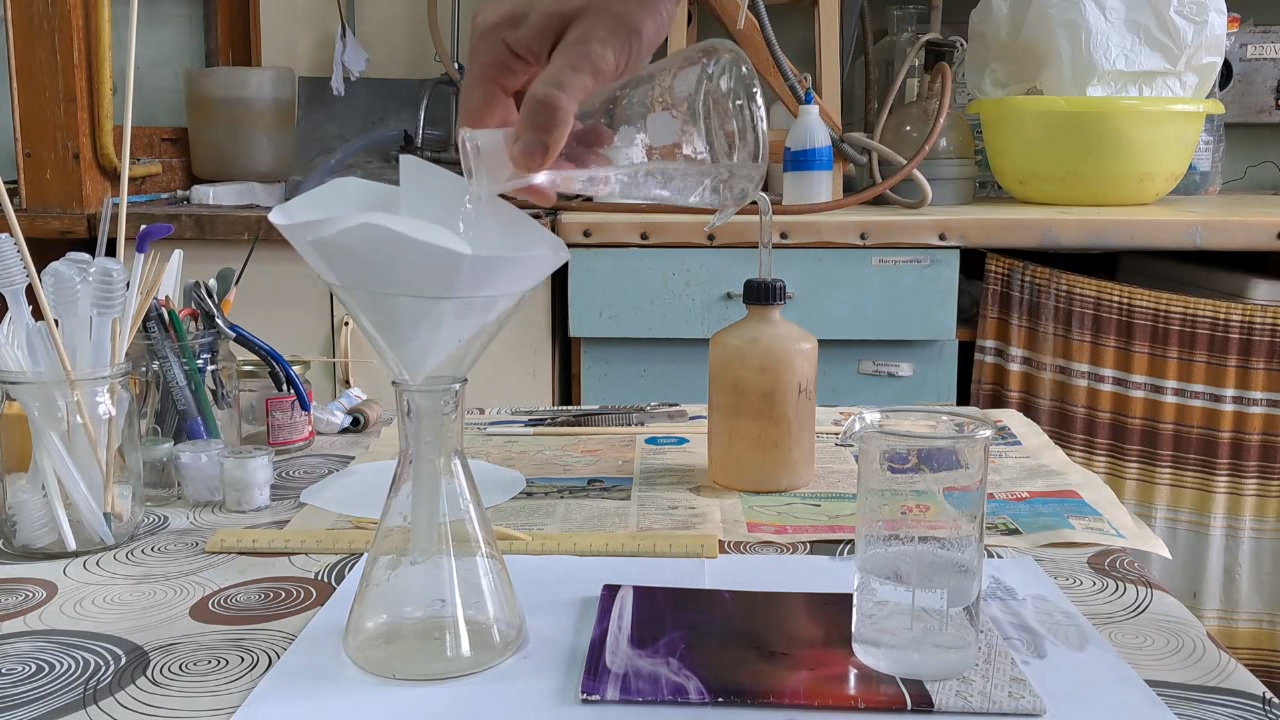
|
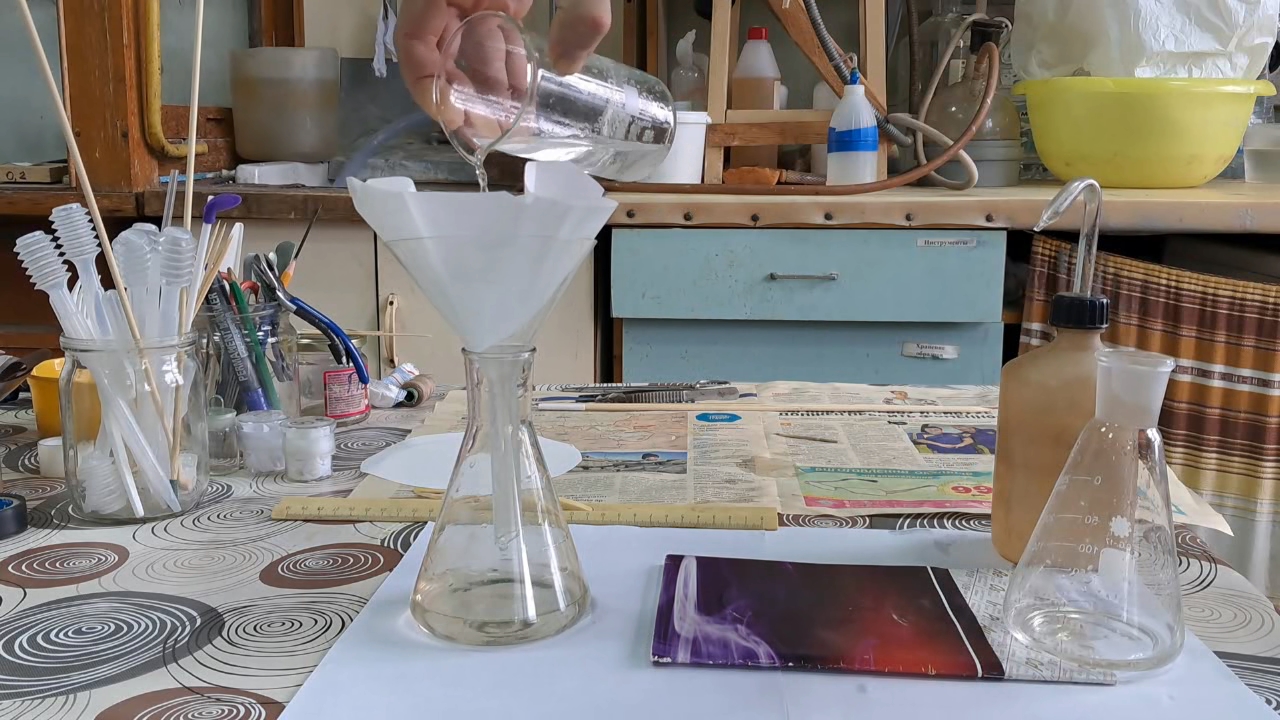
|
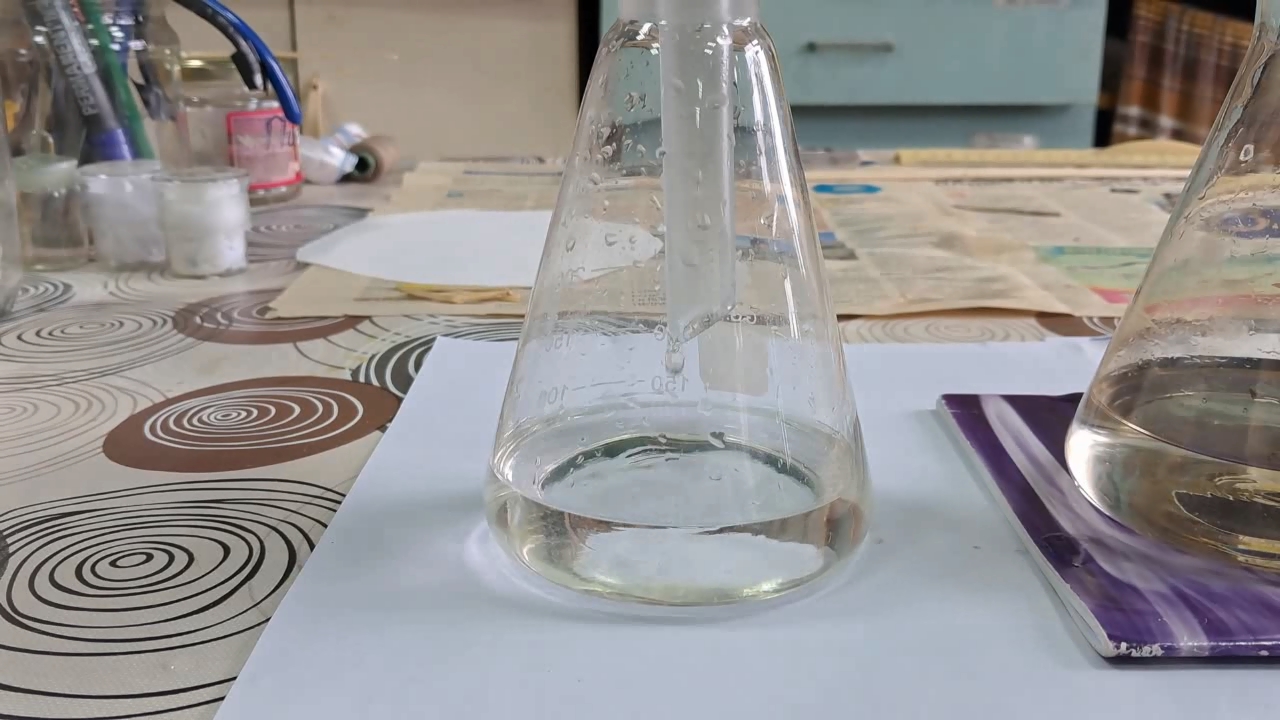
|
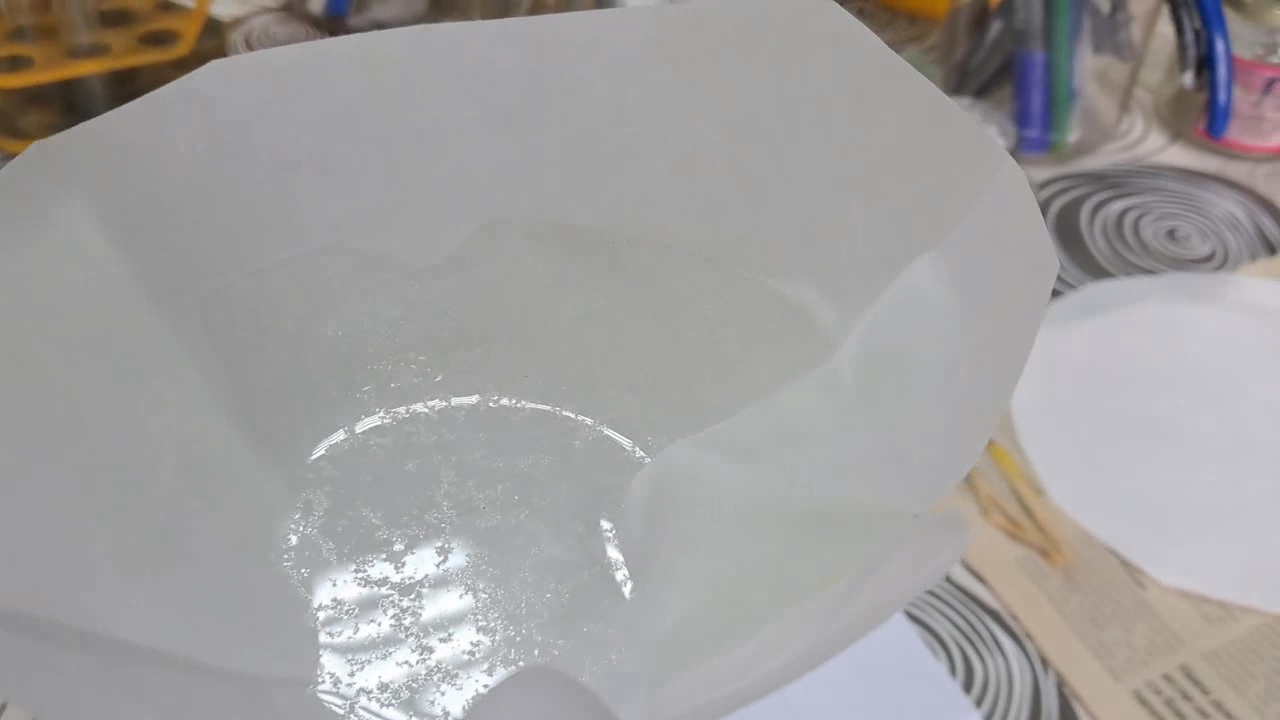
|
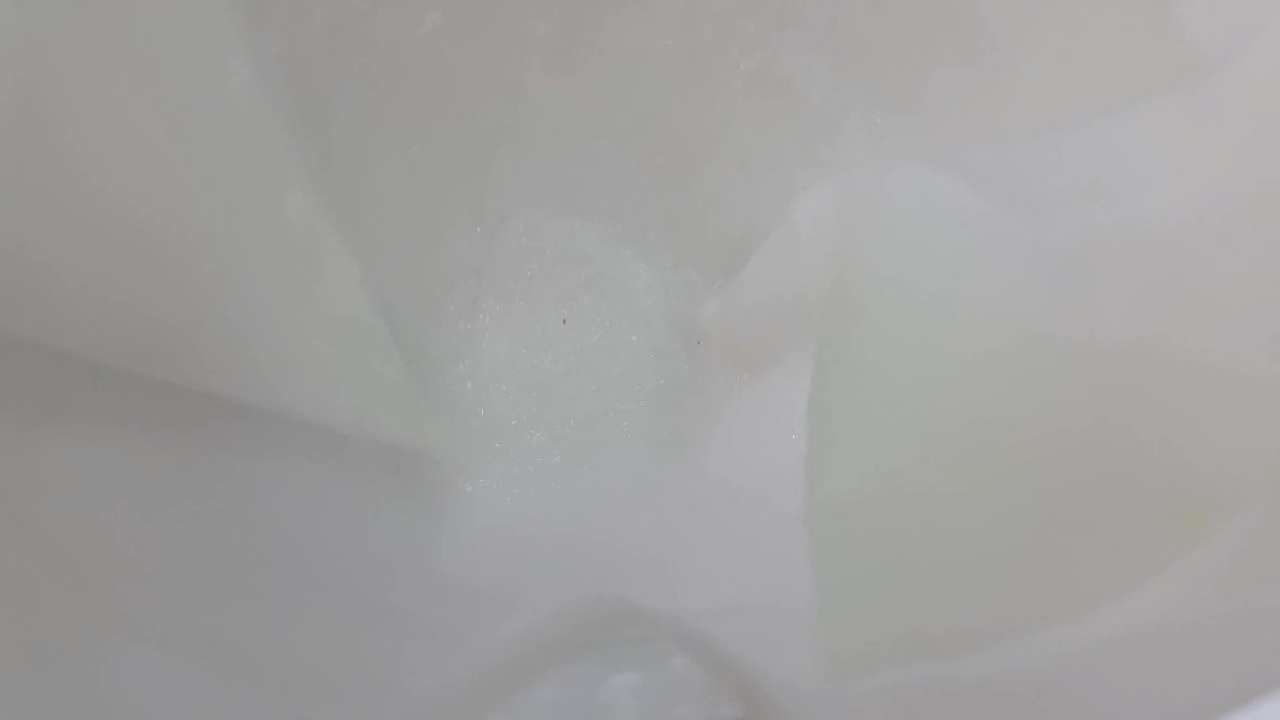
|
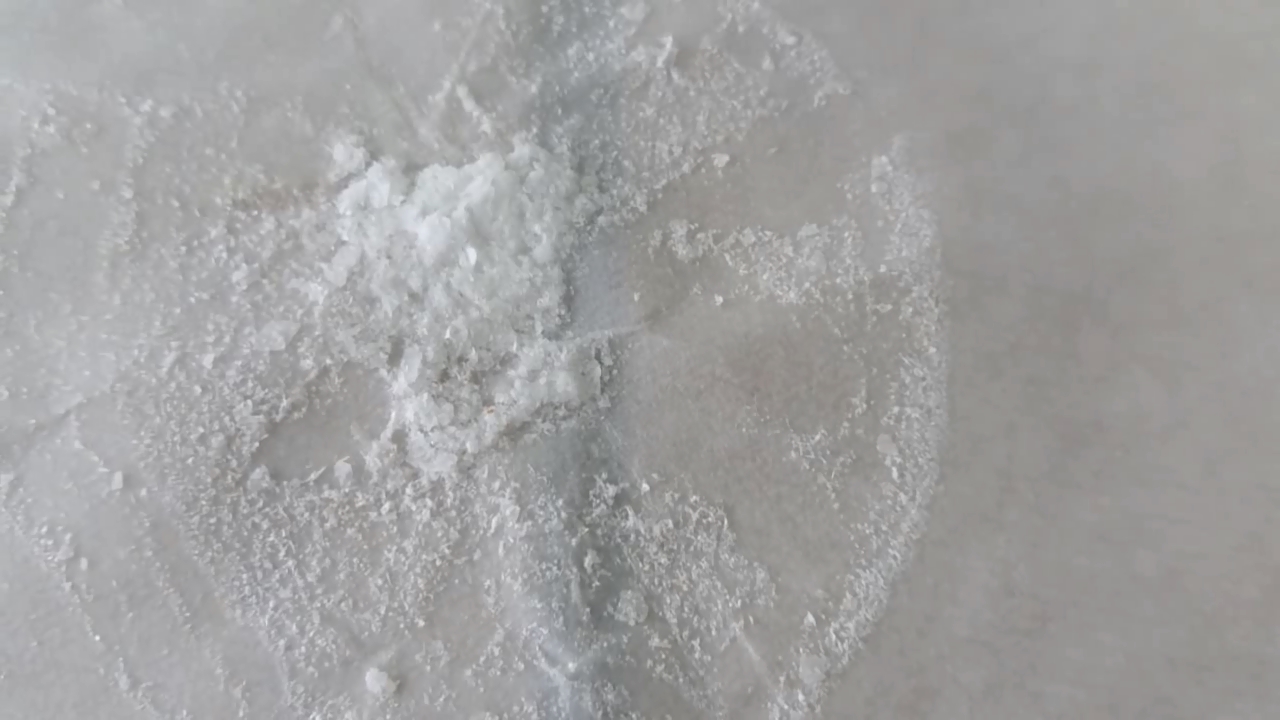
|
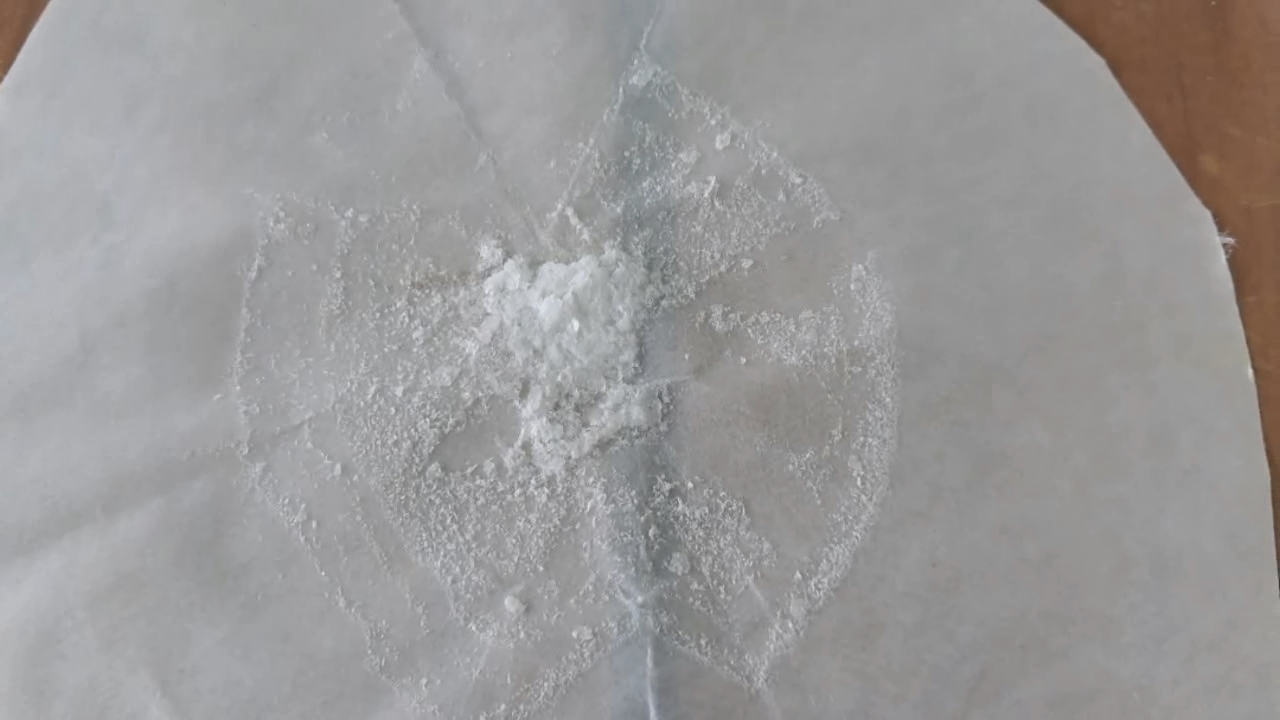
|
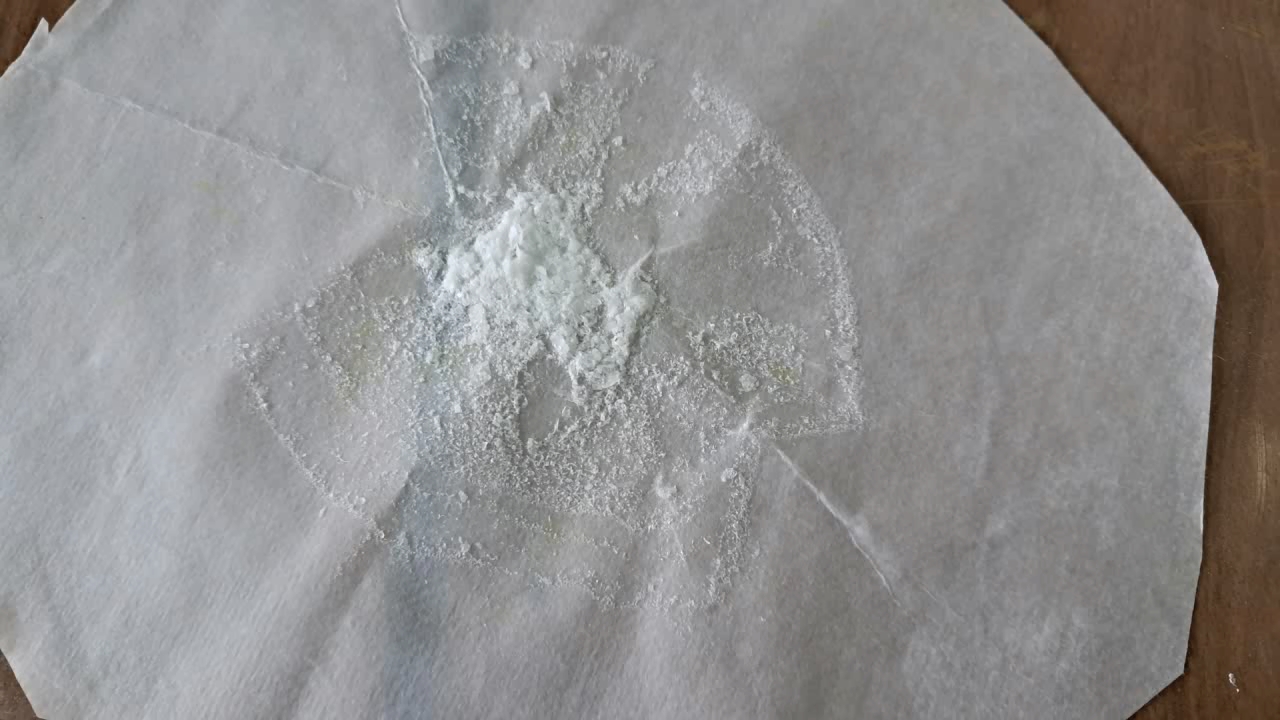
|
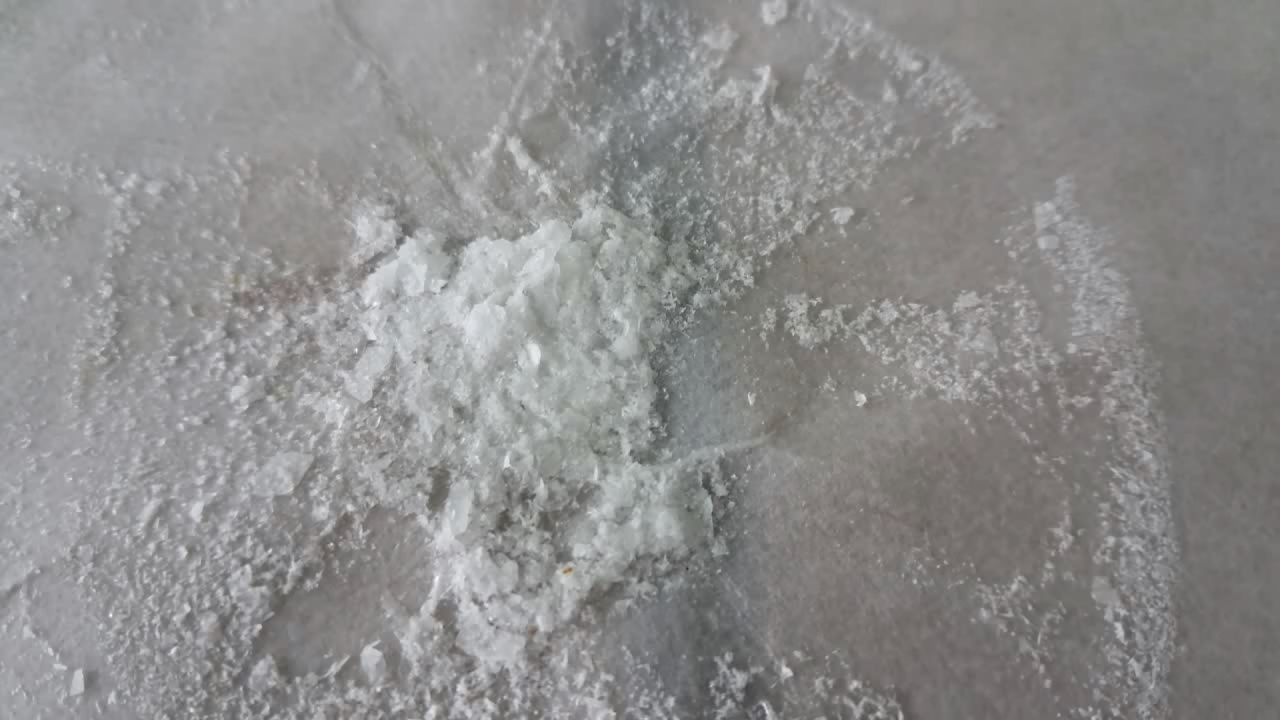
|
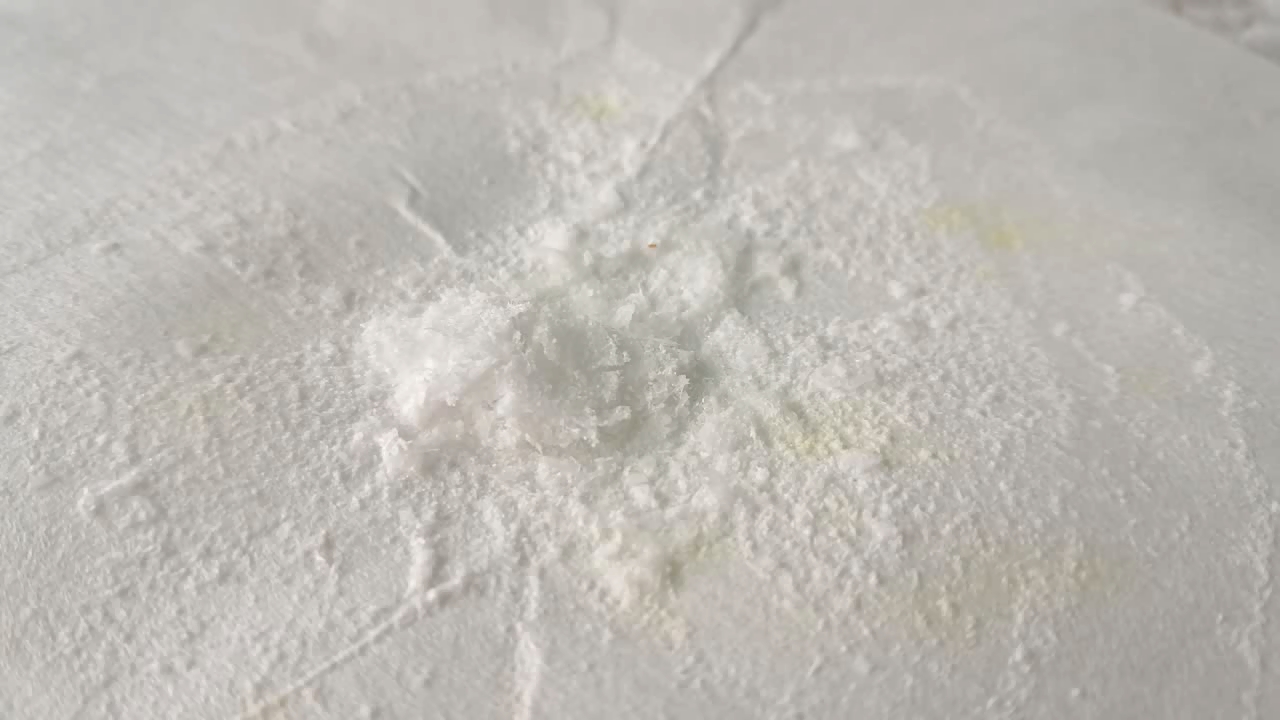
|
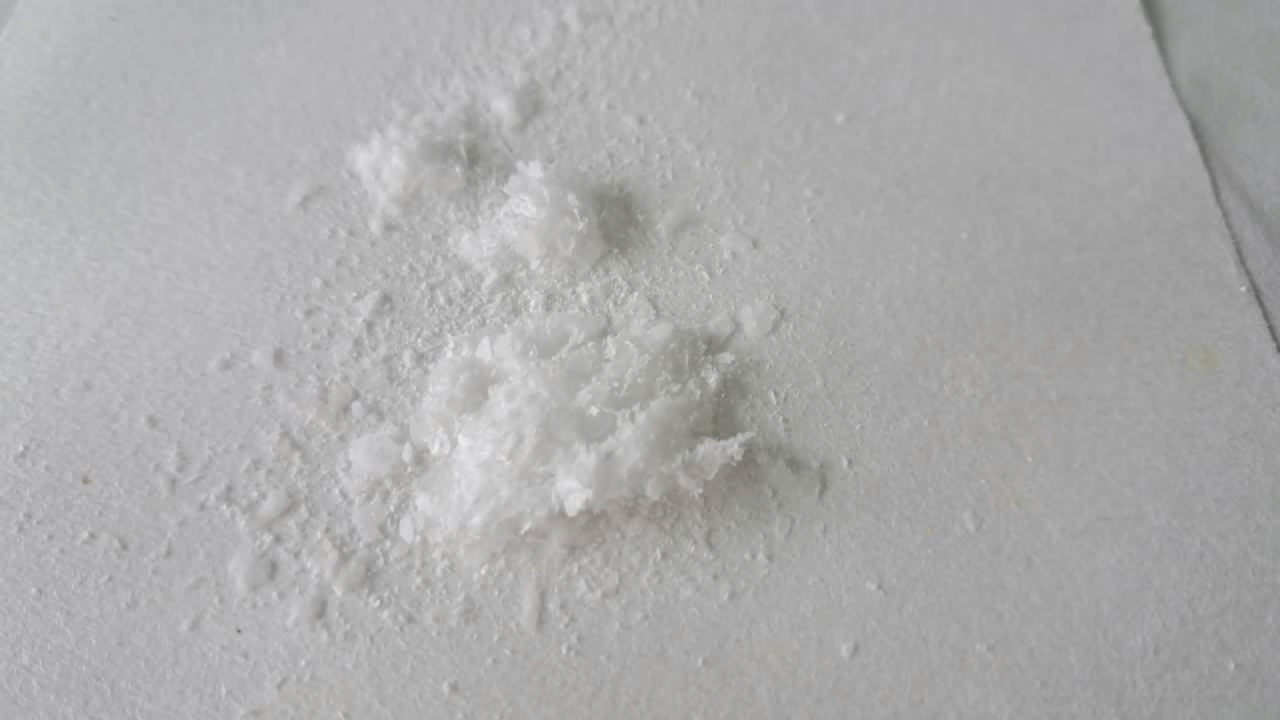
|
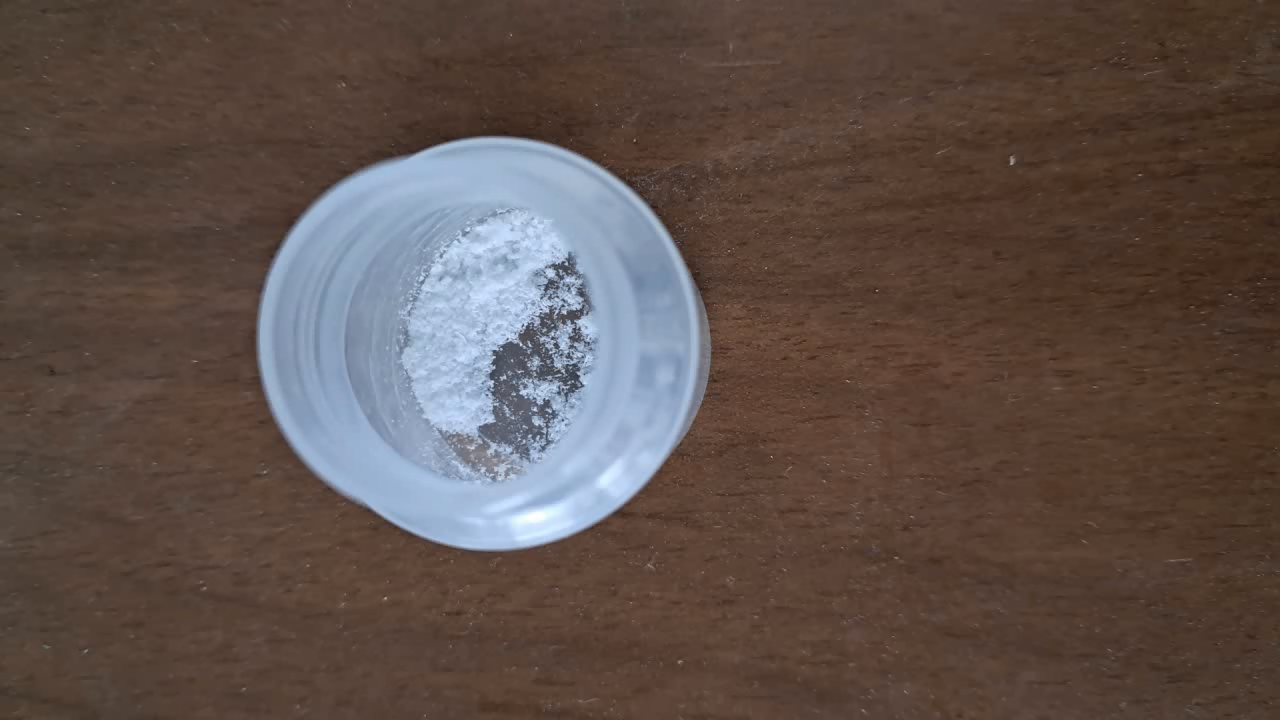
|
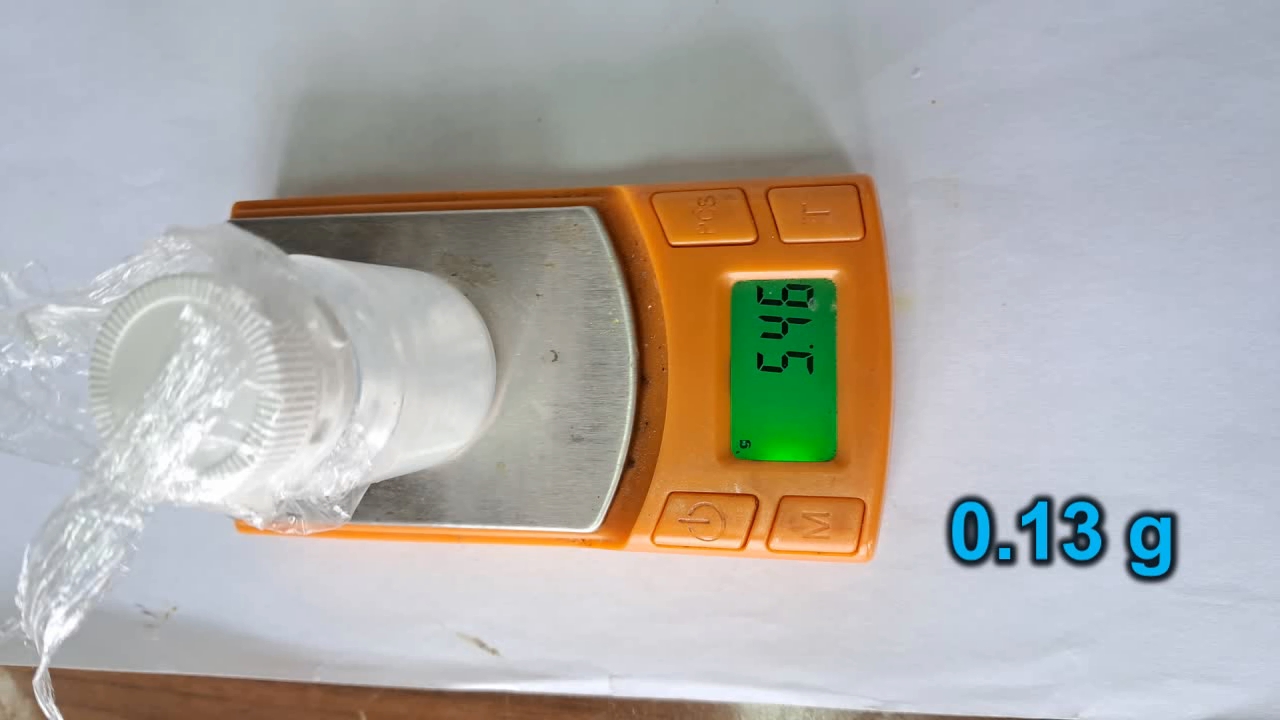
|
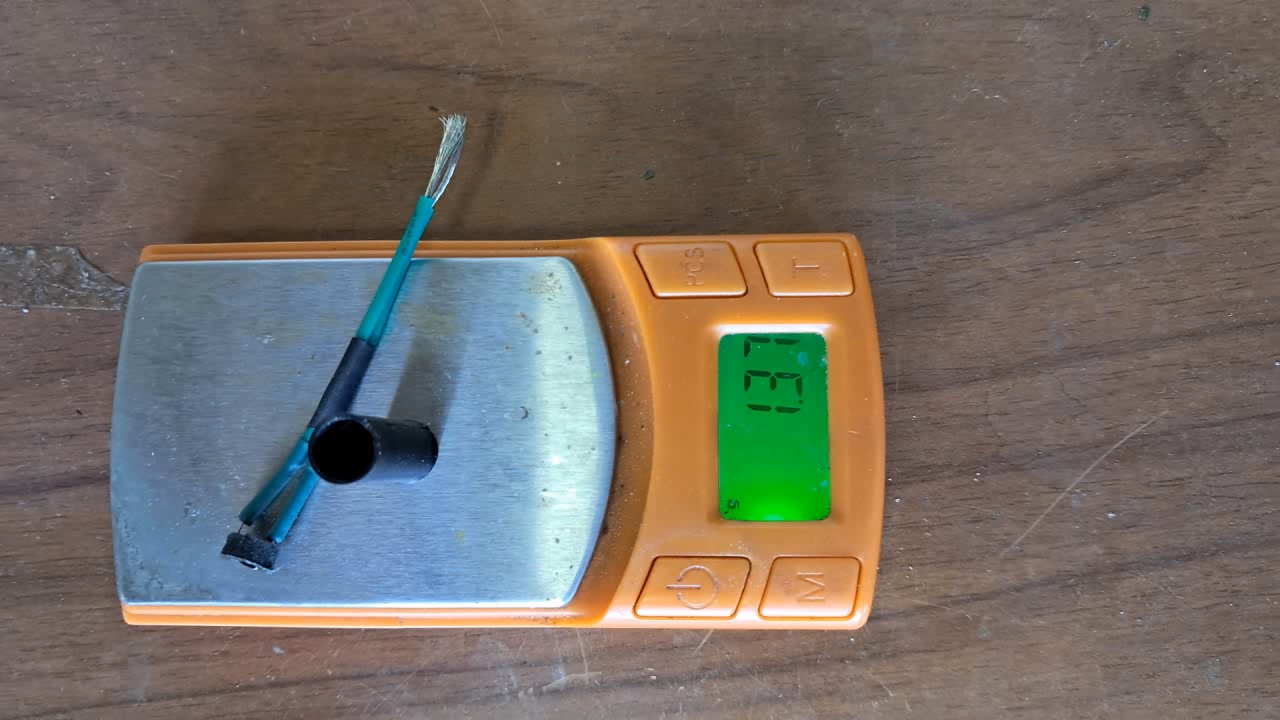
Explosion of Acetone Peroxide (0.23 g) |
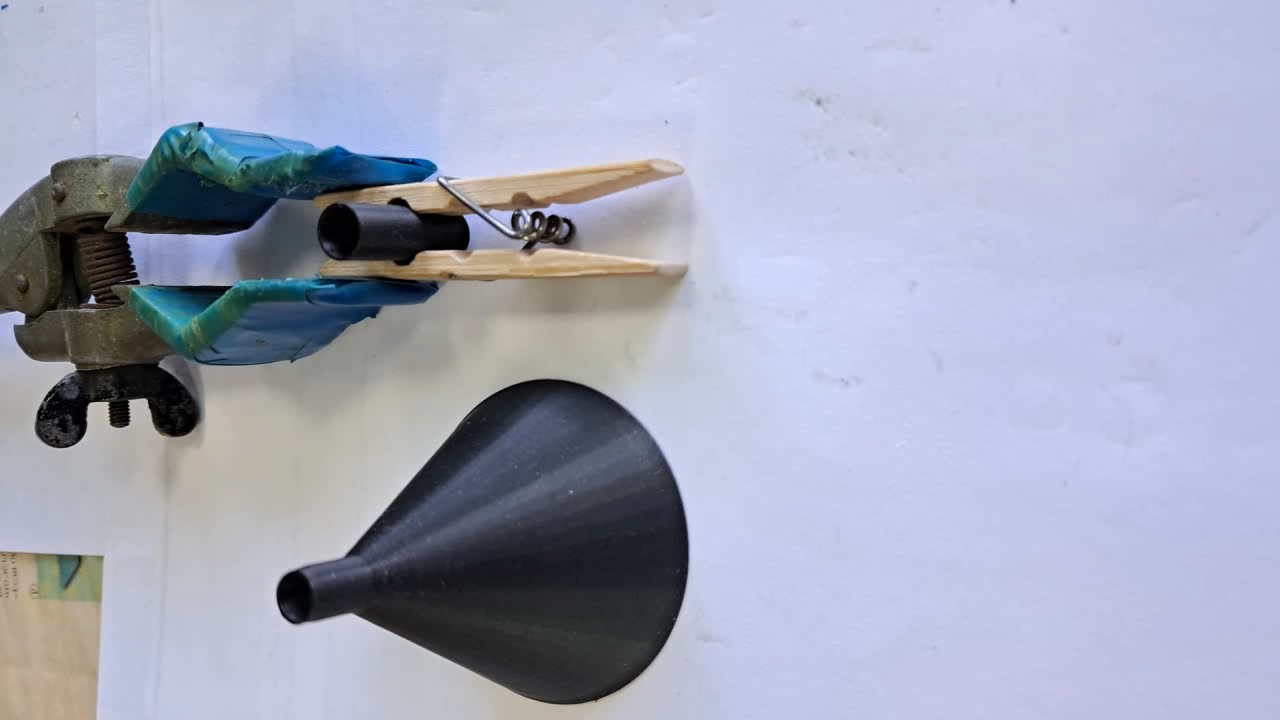
|

|
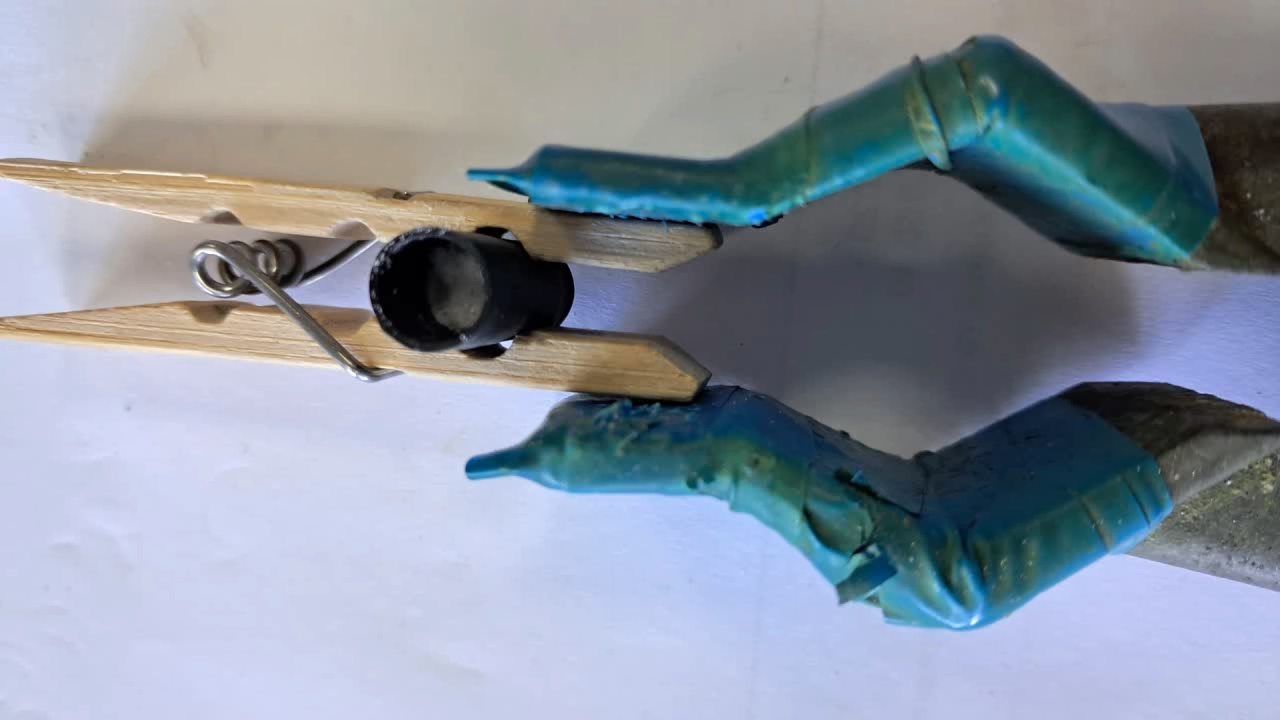
|
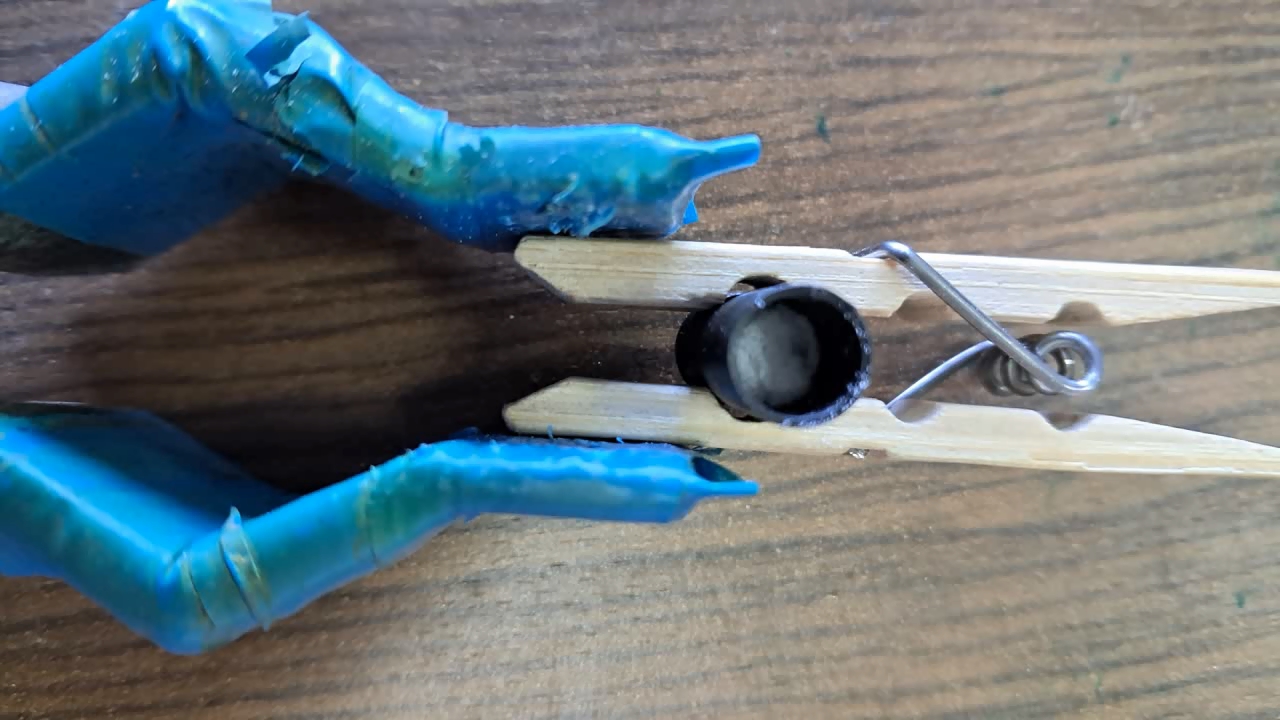
|
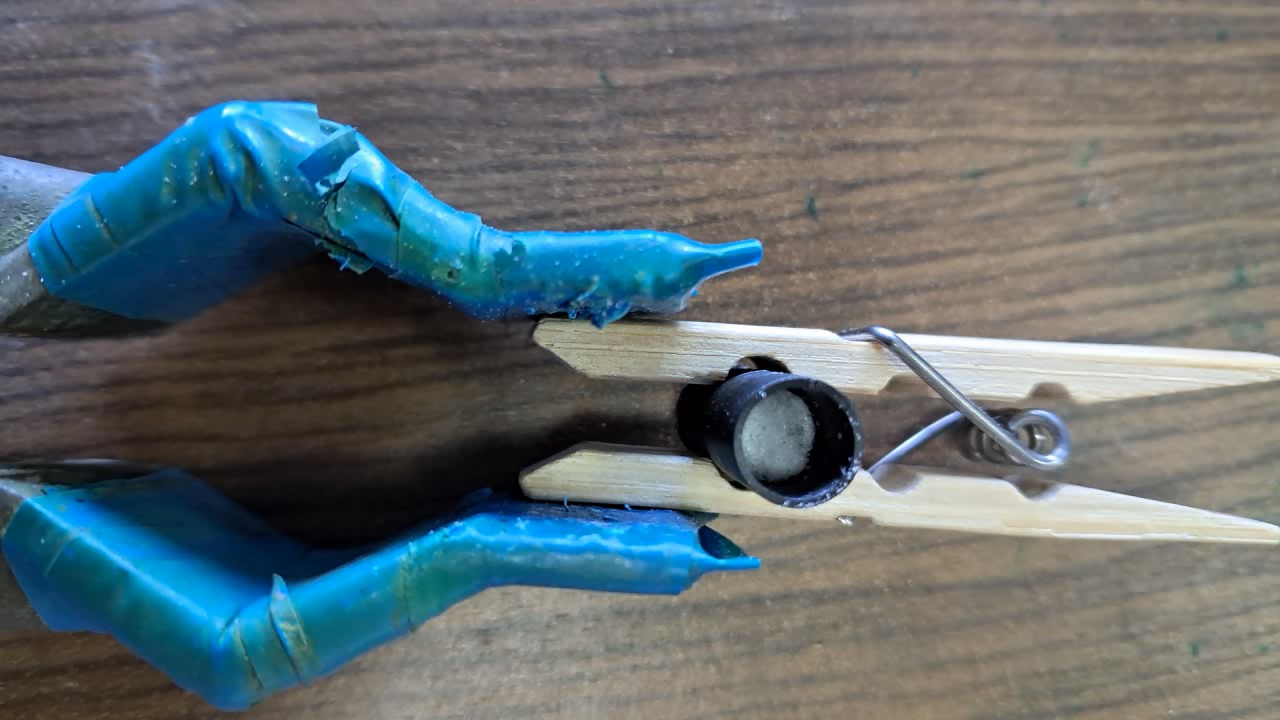
|
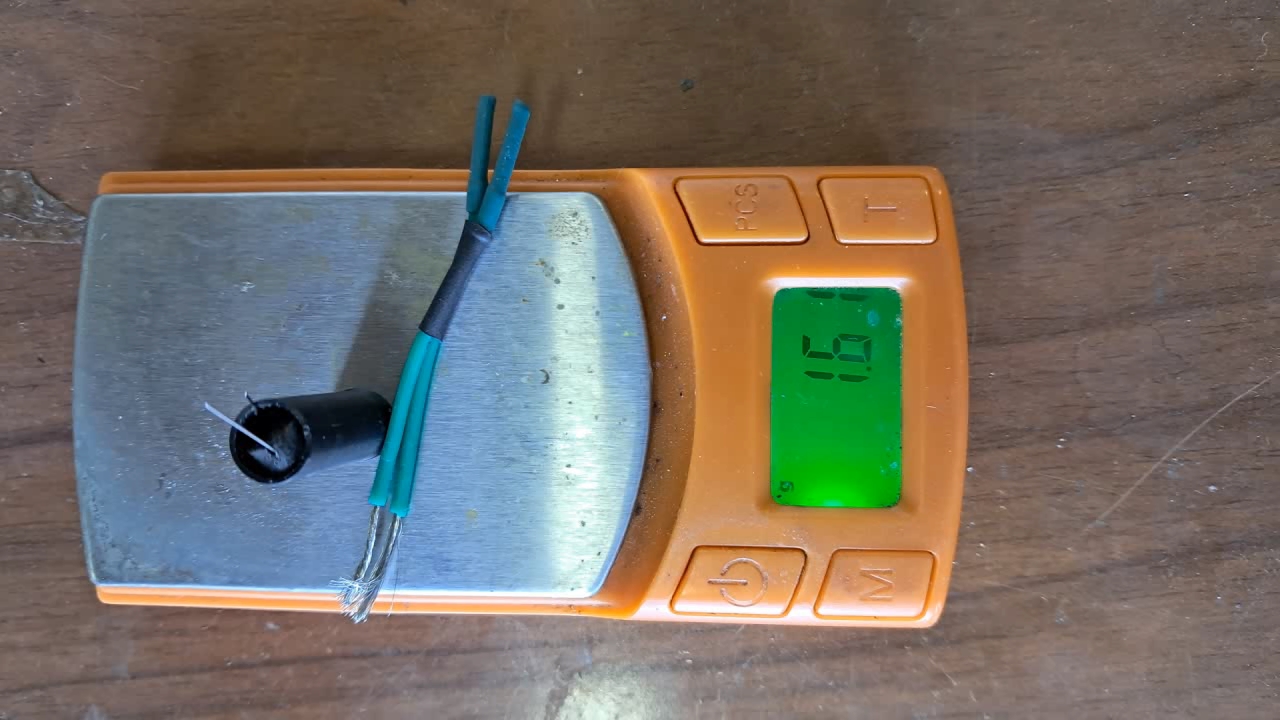
|
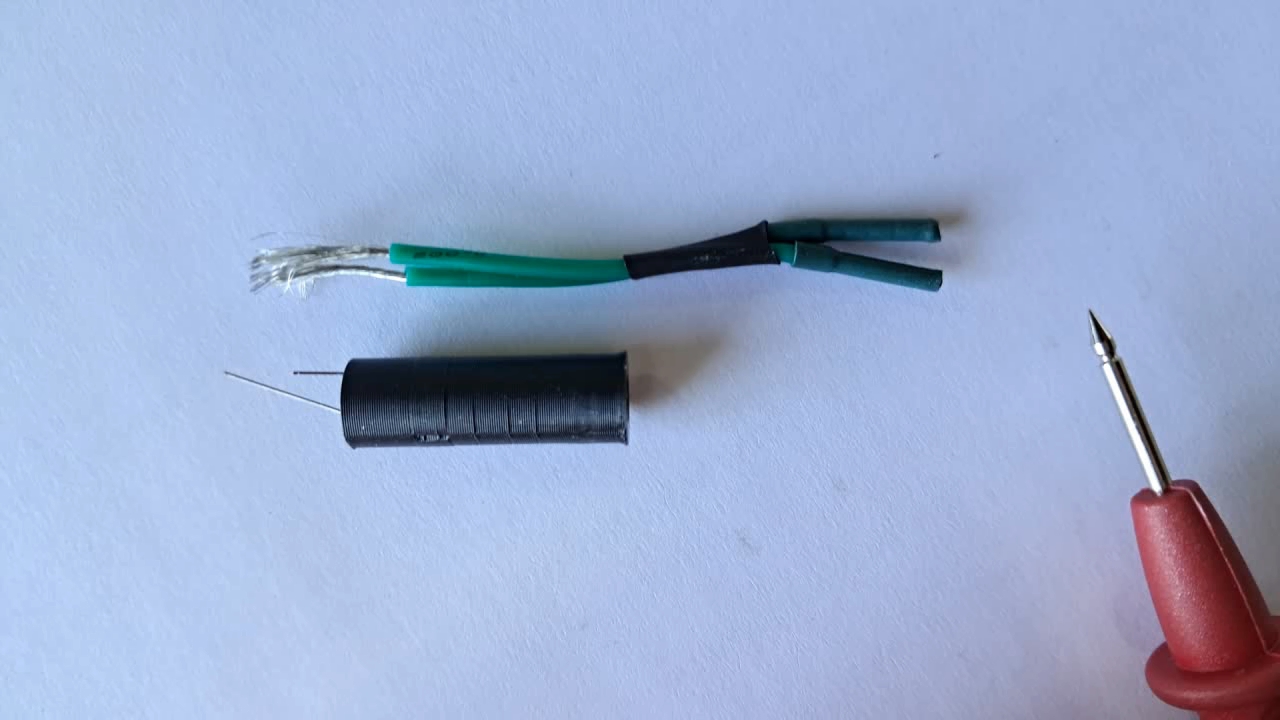
|
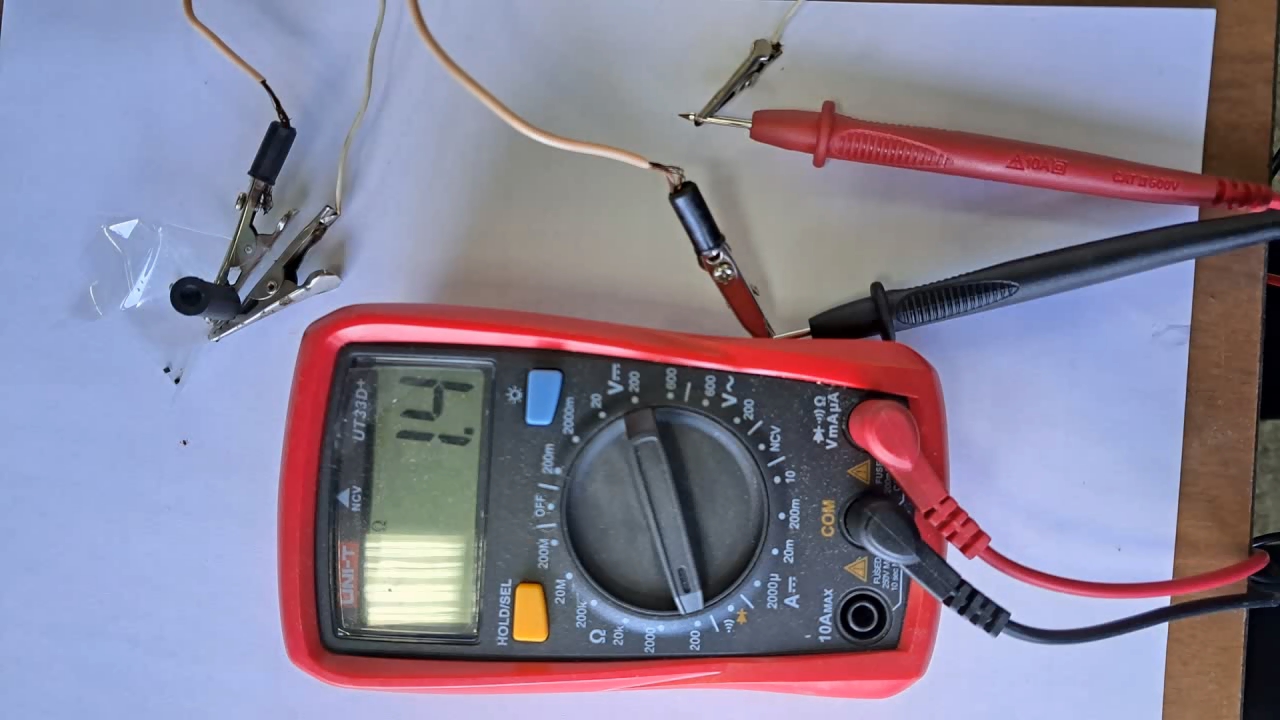
|
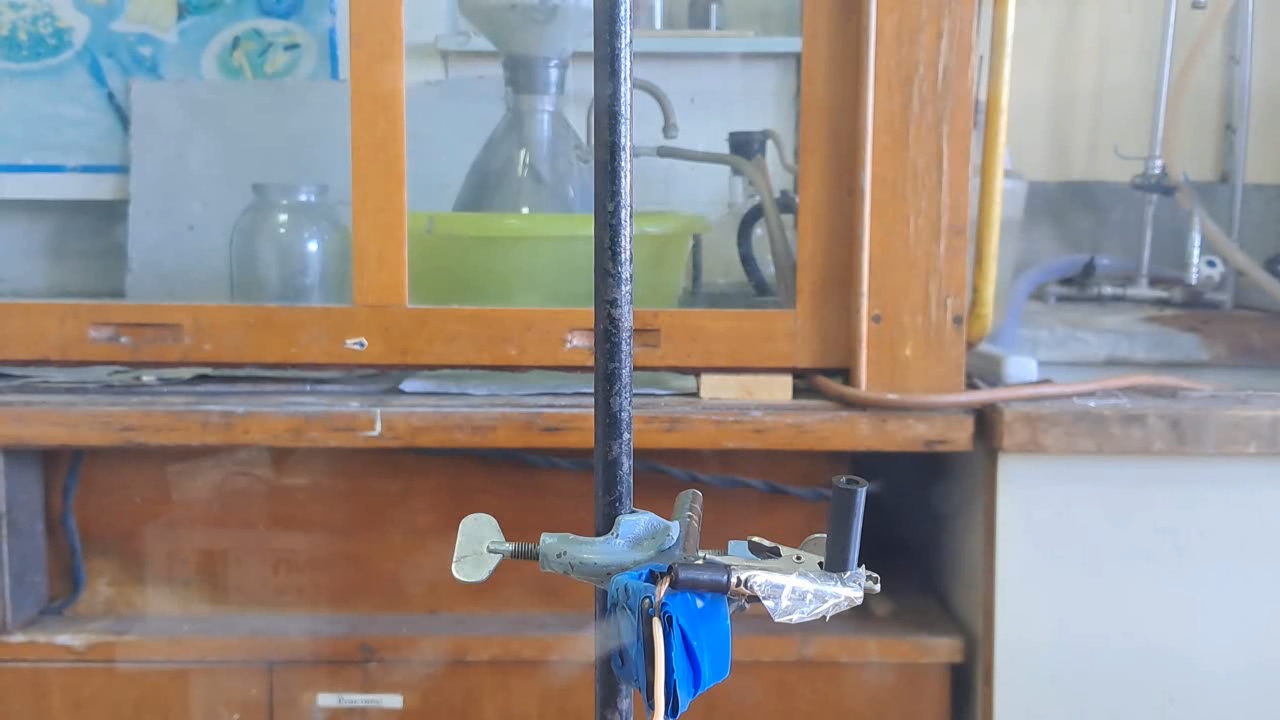
|
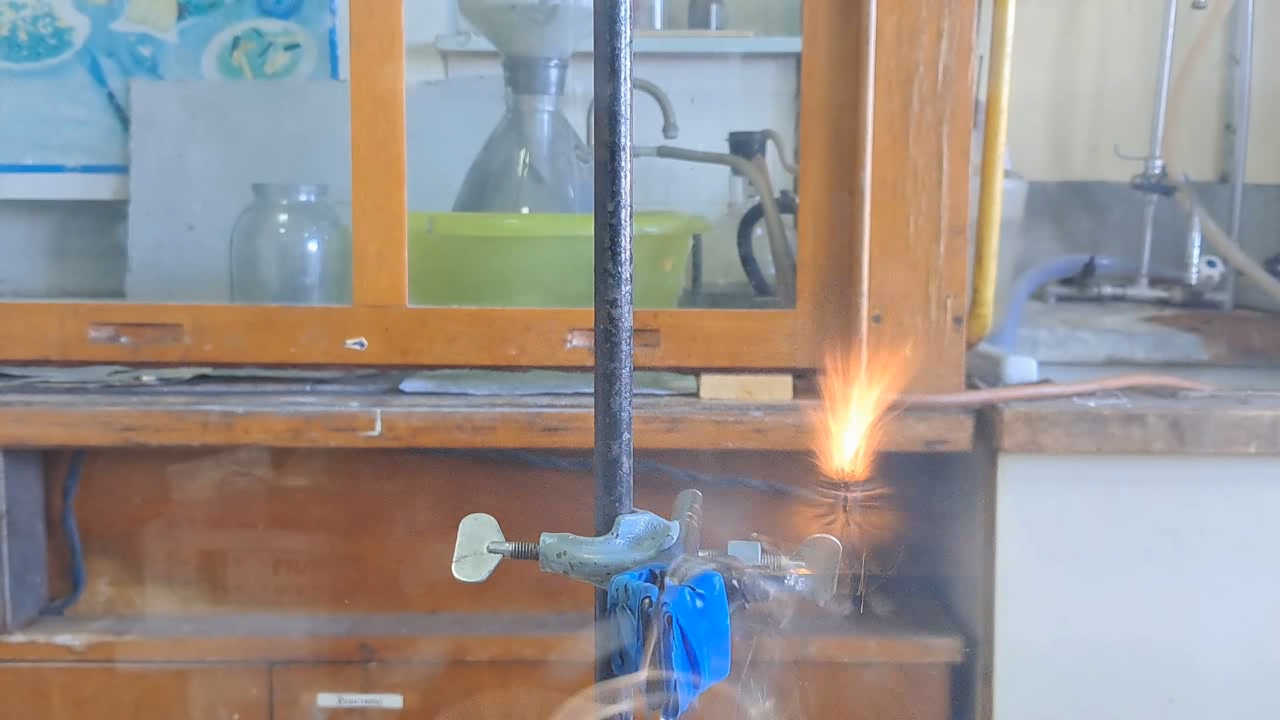
|

|